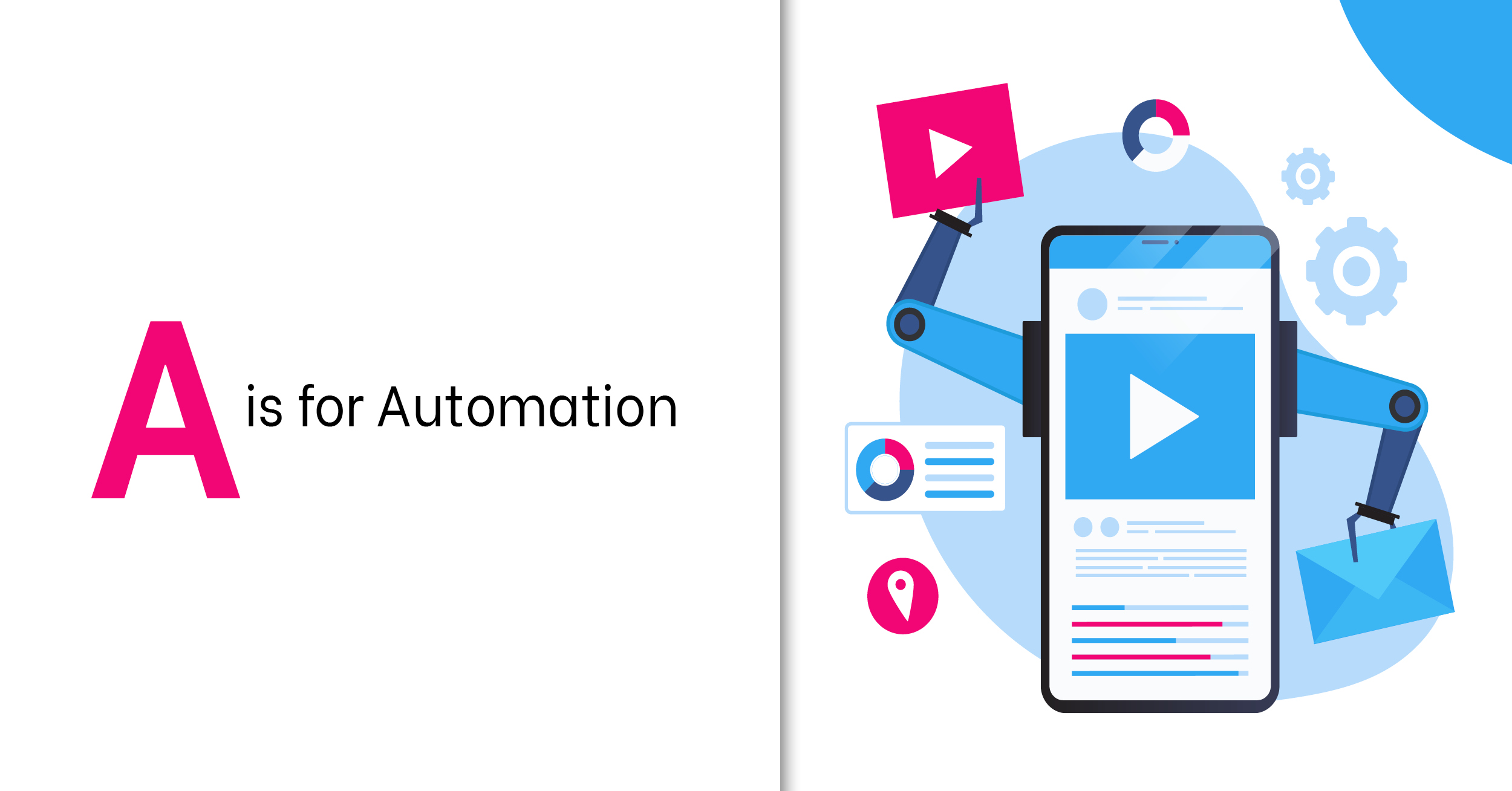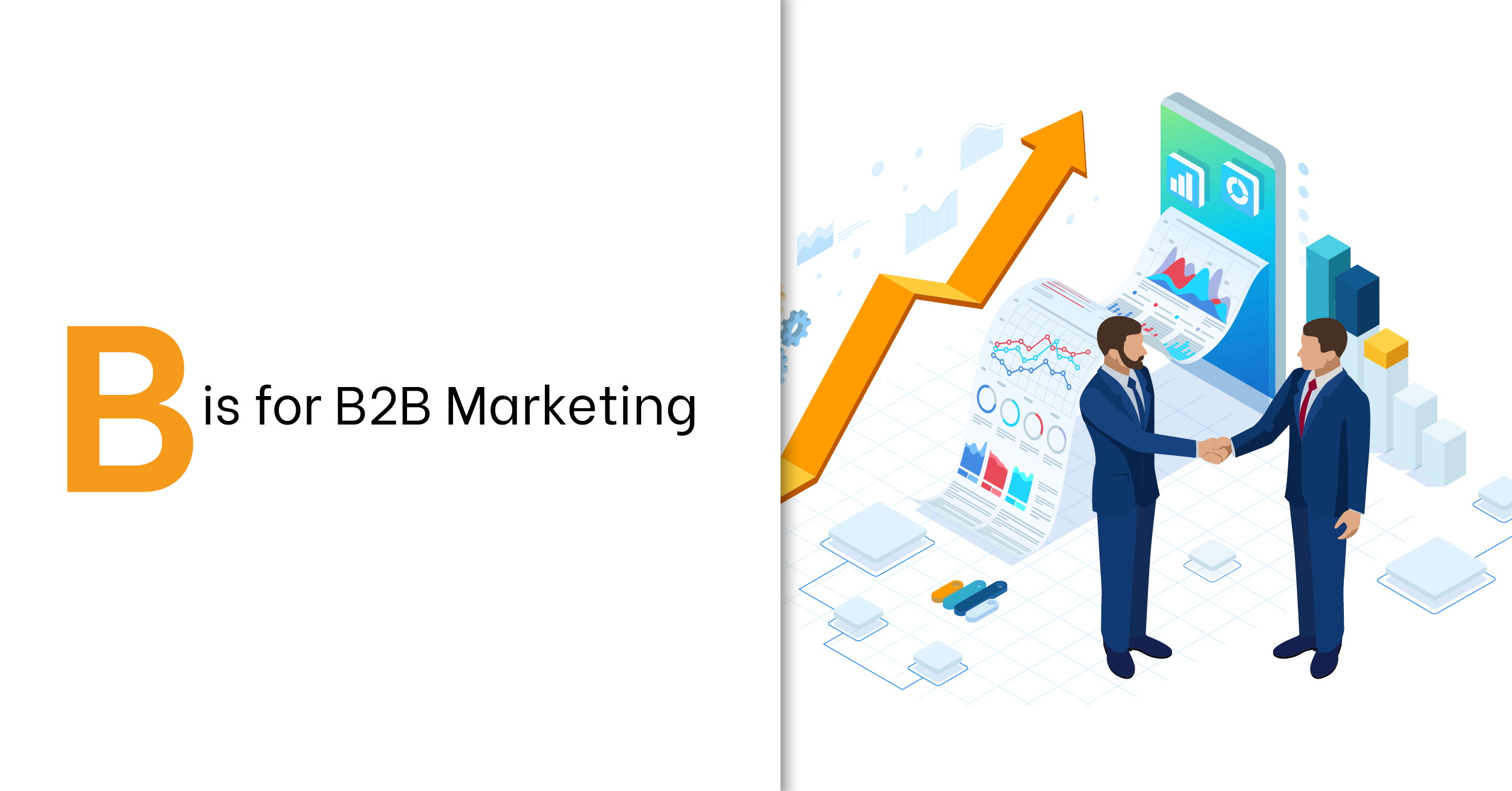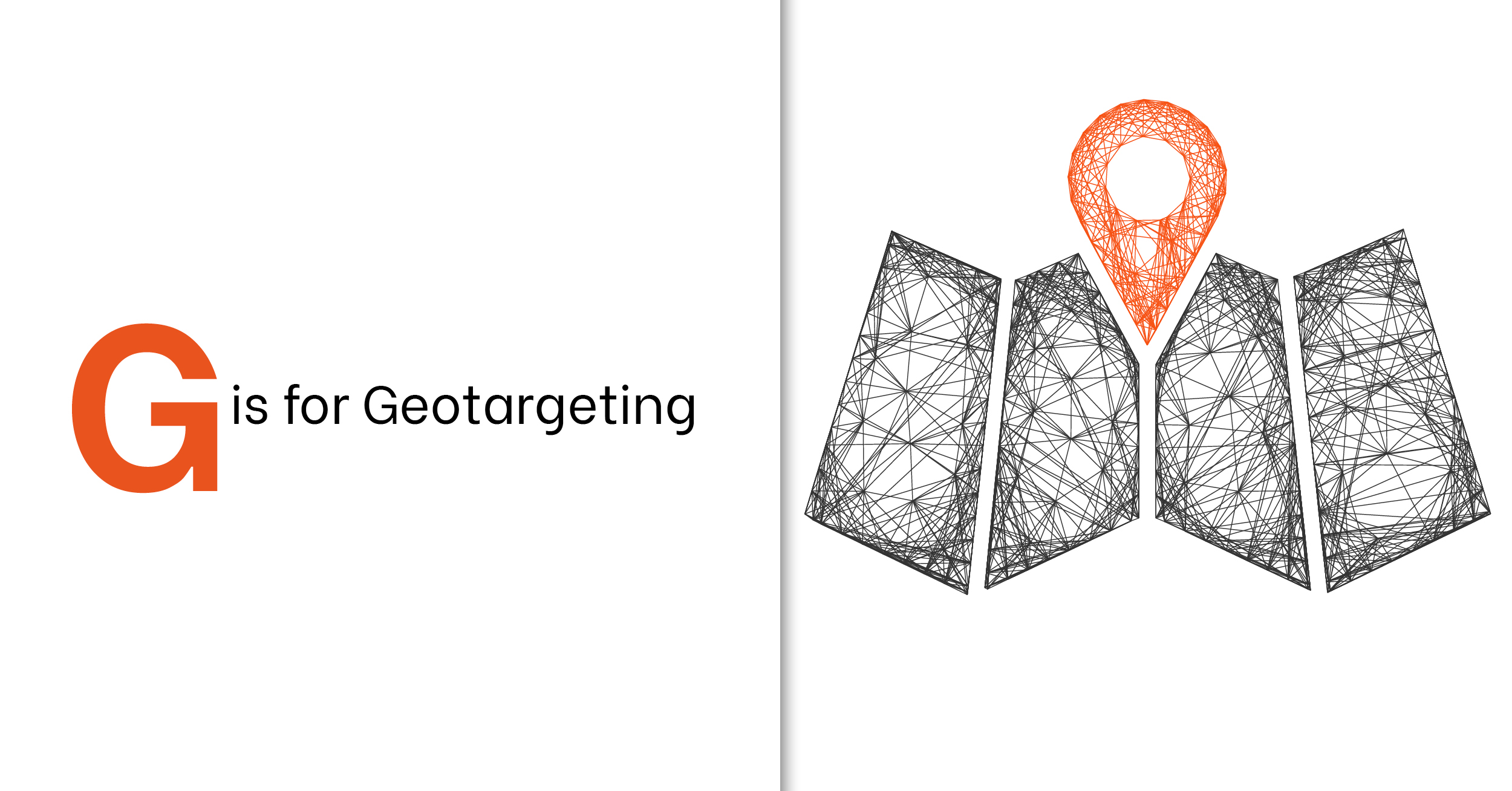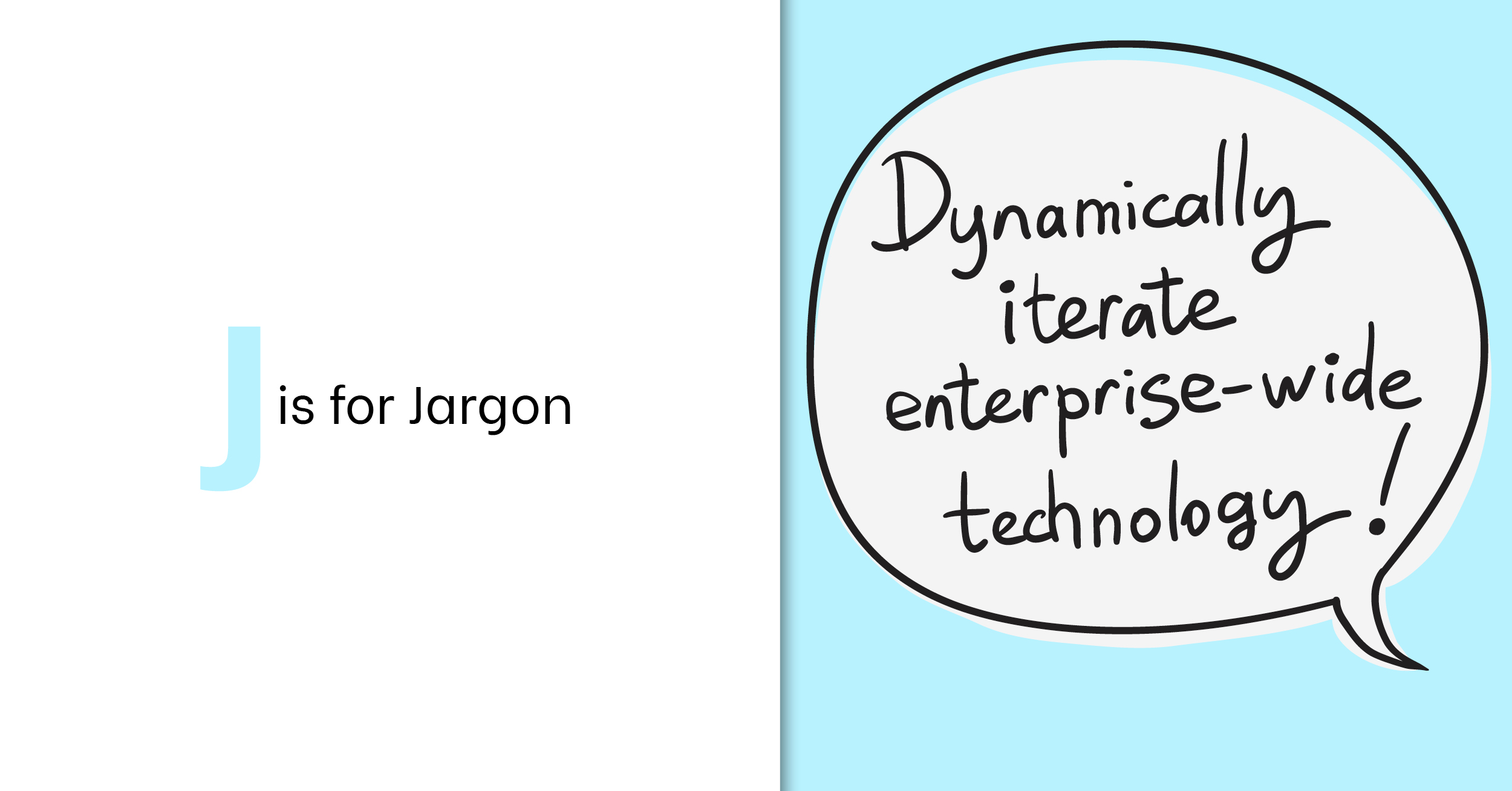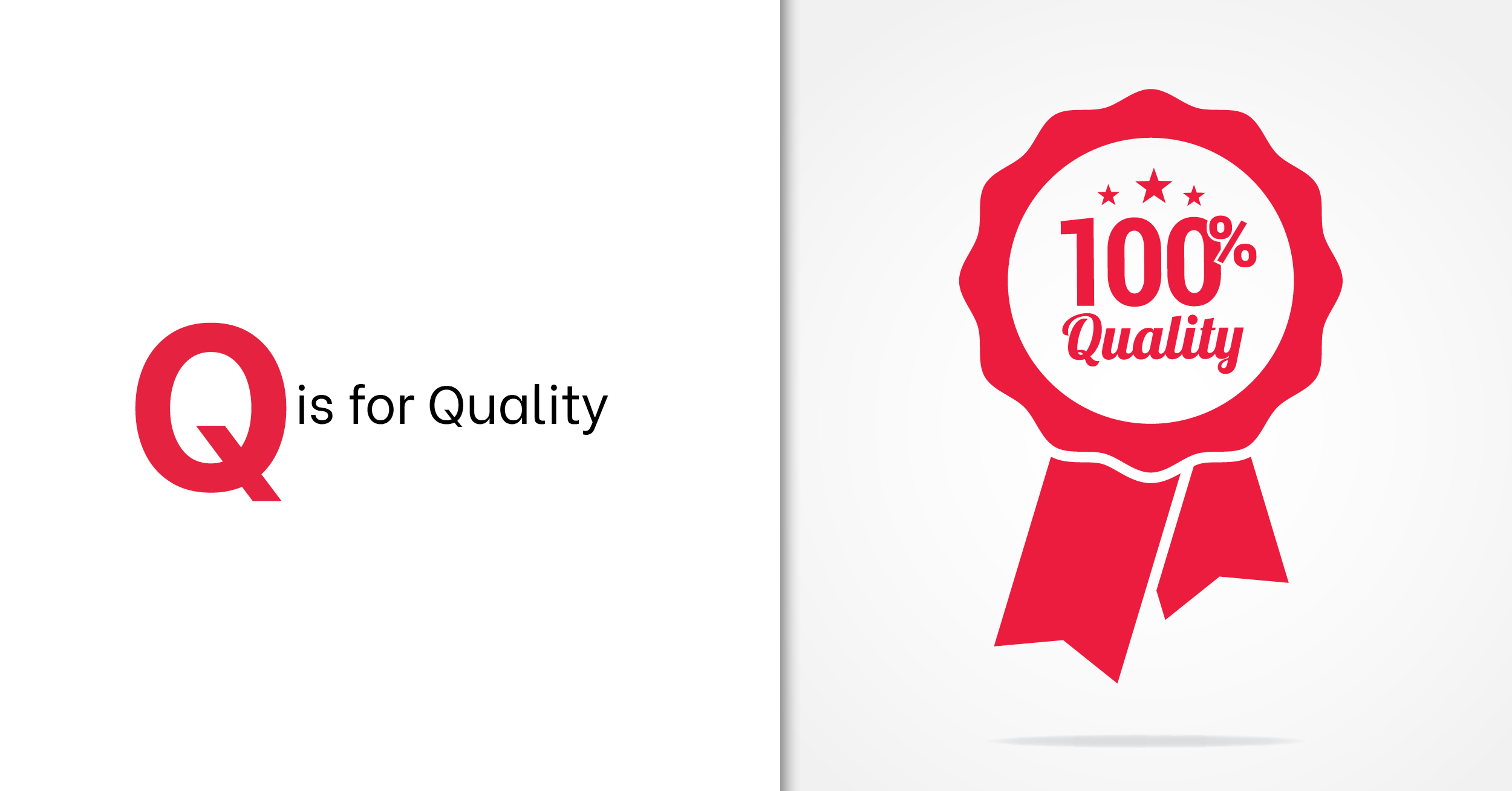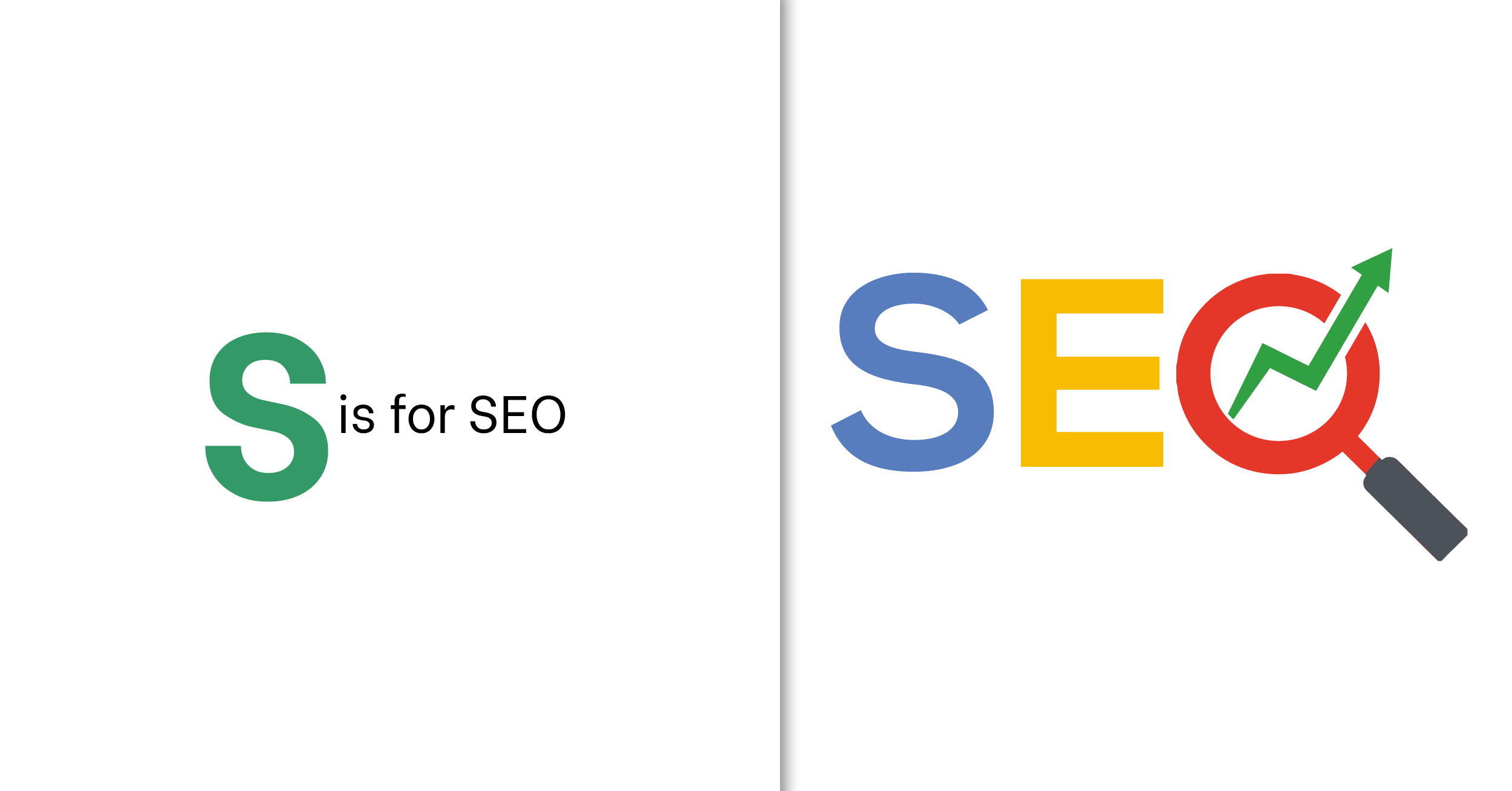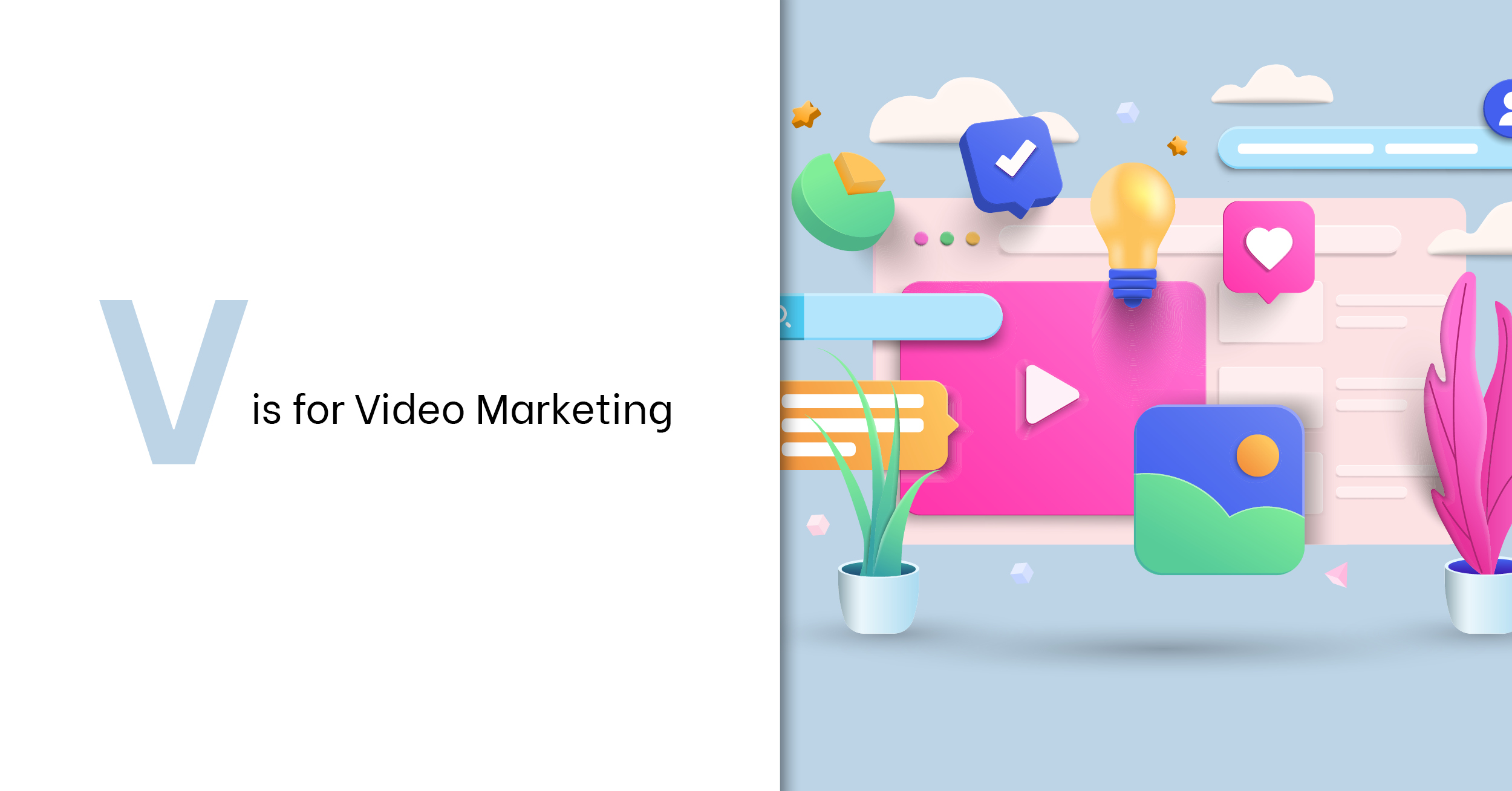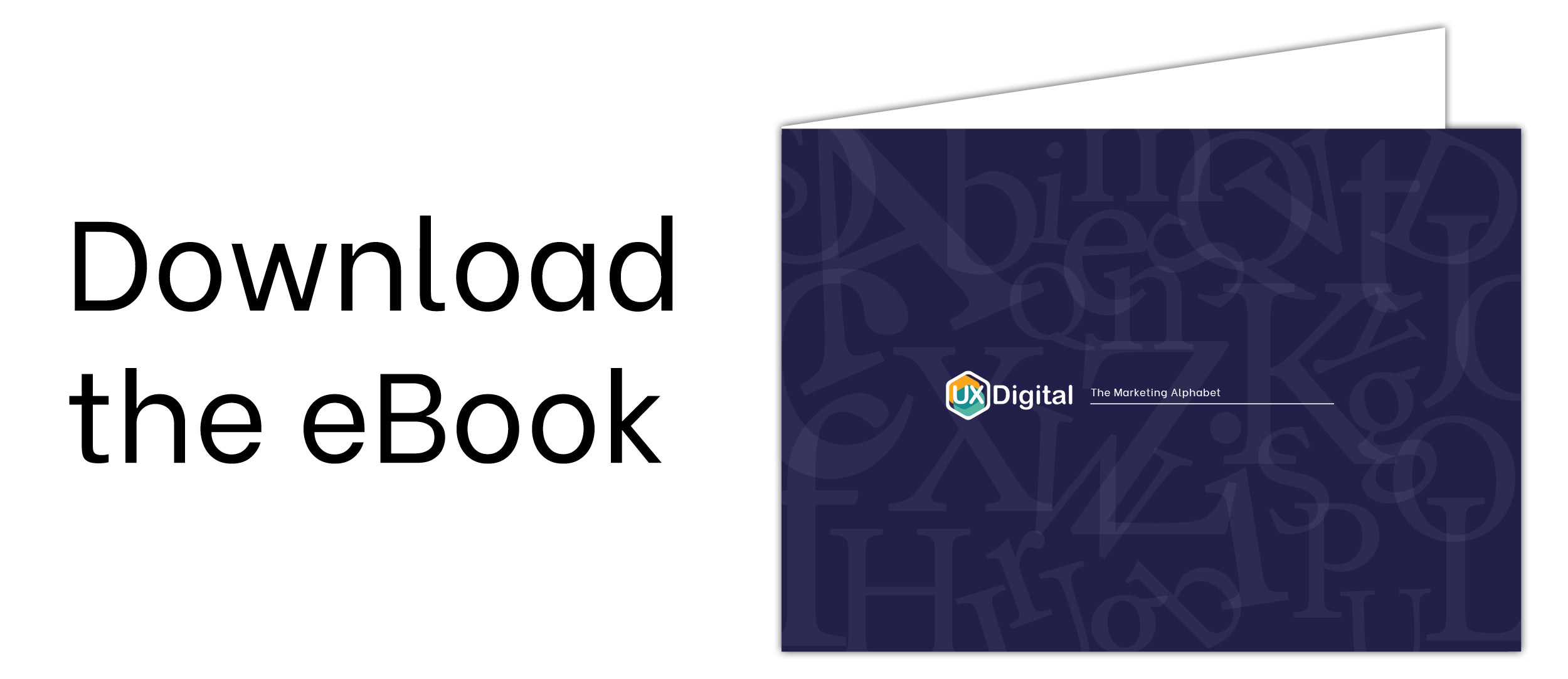The Marketing Alphabet, It's as easy as A, B, C!
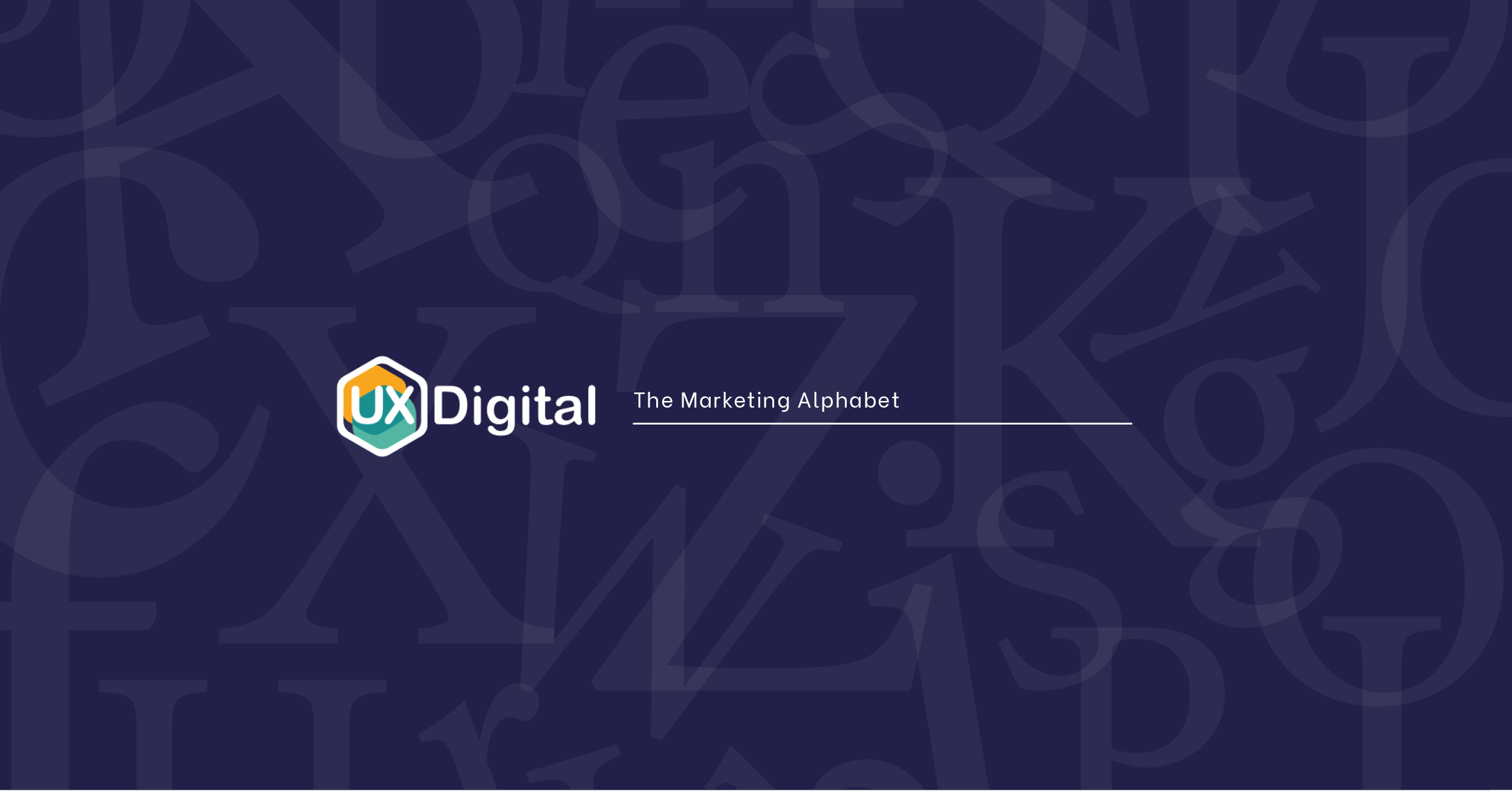
Marketing can be a difficult industry to navigate, it's full of catchy phrases, jargon, technical terms and flowery language that can be incredibly daunting to the uninitiated. So whether you're new to a marketing role or looking for marketing services for your business our easy marketing alphabet is the perfect crash course to marketing terminology. It really is as easy as A, B, C!
A is for Automation
A word you may have heard a lot recently, automation has become hugely important to many businesses after the pandemic as a result of downsized workforces and the need to maintain service standards.
Automation can nurture leads, provide advice and guidance, offer customers a range of communication channels 24/7, support staff in their daily tasks, take payments, upsell products and services, and much more!
Want to know more about Automation? check out our blog:
HubSpot Sales Enablement: Automate The Repetitive Stuff
B is for B2B
Business-to-business (B2B) marketing is simply the marketing of products and services to other businesses and organisations.
B2B marketing needs to be more informational and plain-speaking than B2C because a business’s purchase decisions are based more on the impact to the bottom line than consumer purchase decisions which rarely if ever consider the return on investment.
ROI is the primary focus for corporate decision-makers and marketing needs to demonstrate how your product or service will ultimately provide a healthy ROI.
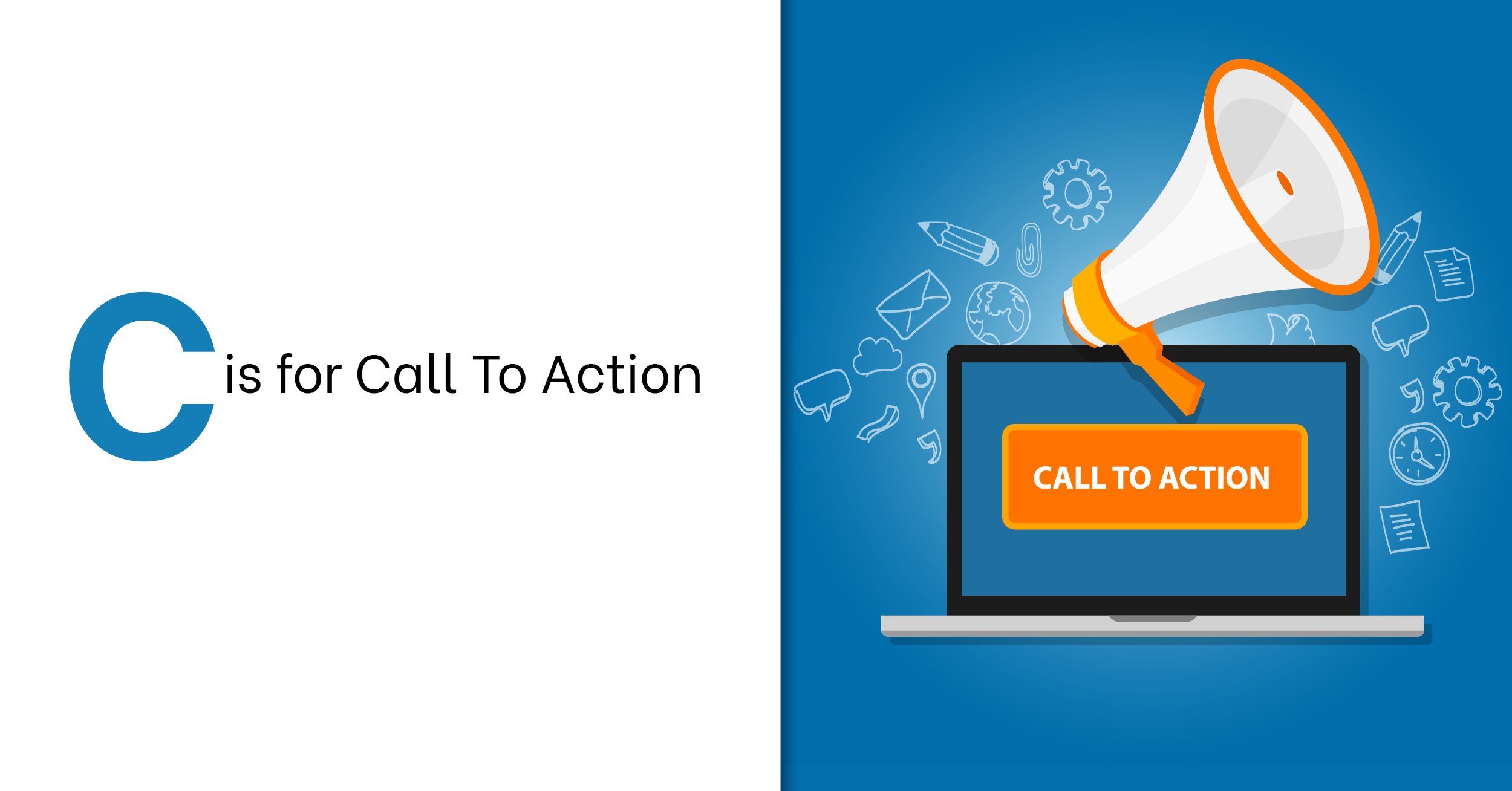
C is for Call to Action
A call to action is a written direction that encourages website visitors to take the desired action.
Calls to action should combat decision fatigue, stop visitors in their tracks and let them know what to do next.
When used correctly calls to action increase clicks and generate leads fast! To make a quick start, create unique calls to action for each page of your website, this will give visitors clear directions on every and any page they visit thus improving the user experience.
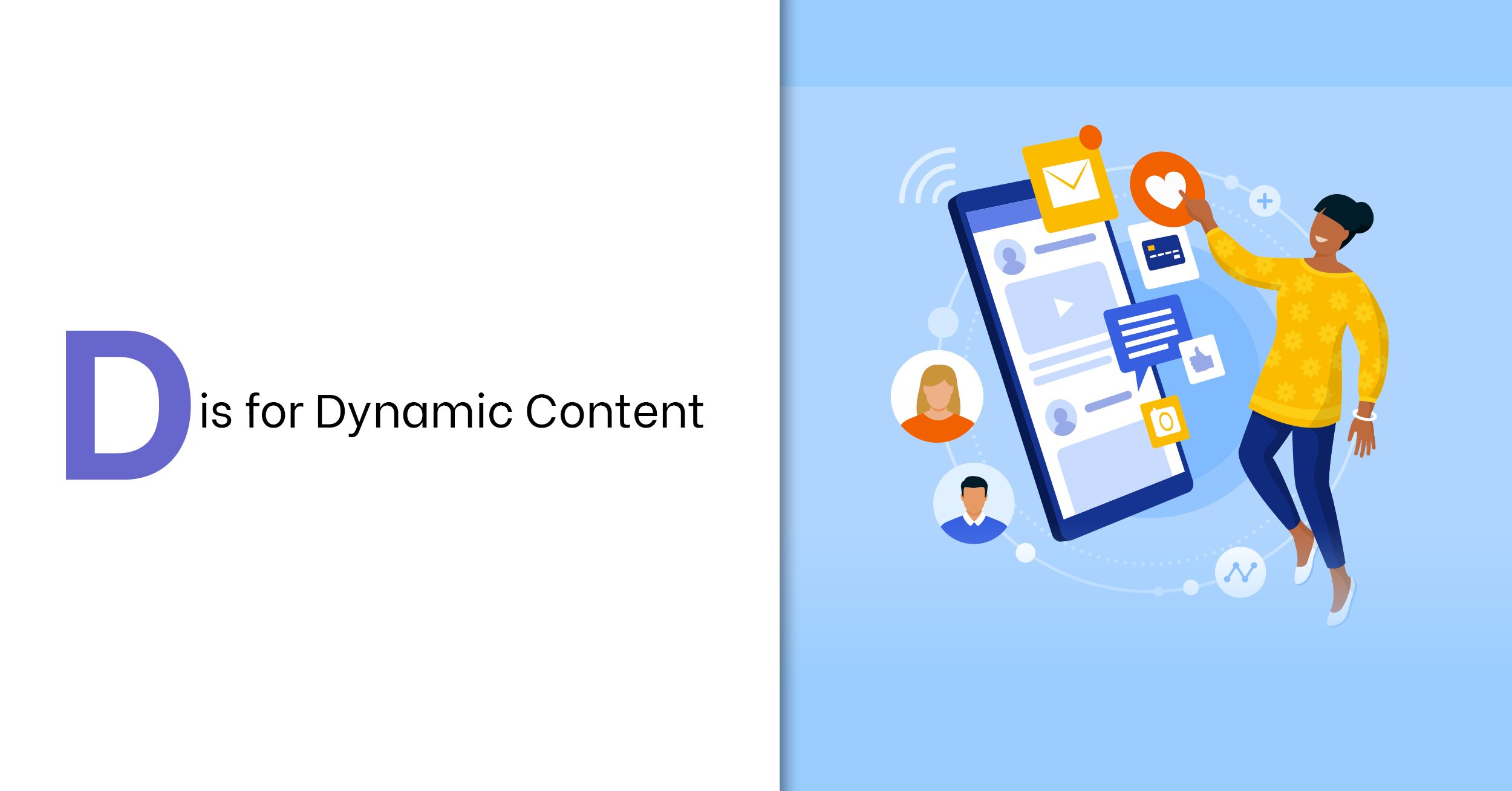
D is for Dynamic Content
Dynamic content is digital content that changes based on user signals such as user data, user characteristics and session behaviour.
User Data: Changing content based on data such as customer lifecycle, past purchases and interactions.
User Characteristics: Changing content based on demographics such as location and buyer personas
Session Behaviour: Changing content based on behaviours such as pages visited, time spent on page and basket contents.
Providing highly personalised dynamic content will not only improve your organic SEO ranking but also improve user experience and increase conversion rates.
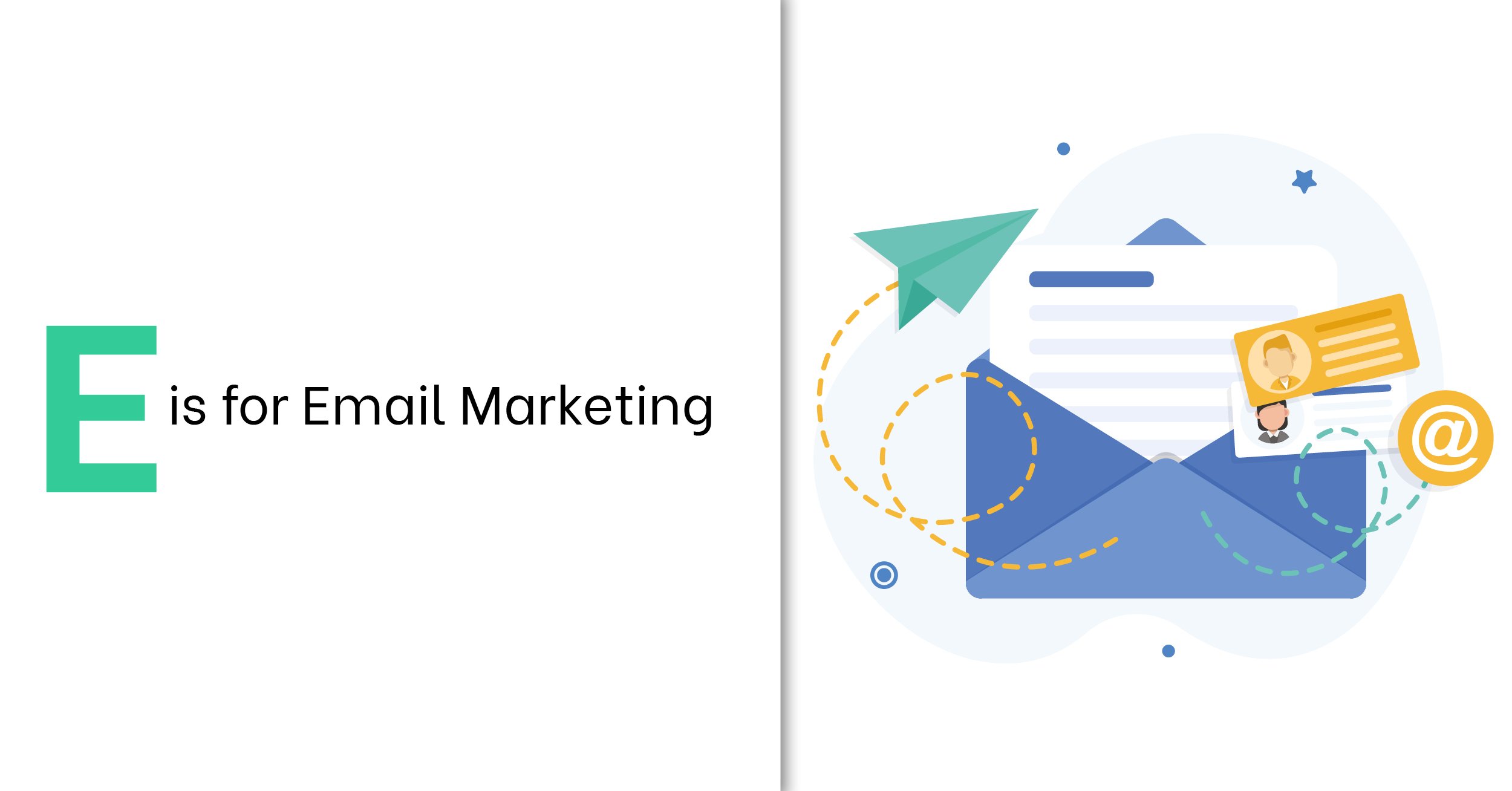
E is for Email Marketing
Email marketing is both a digital and direct marketing channel that can be highly personalised while also being automated to nurture leads in the background.
Email marketing ensures leads and customers within your contact list are aware of new products, services, and promotions. It can also be applied to improving brand awareness, offering educational content and nurturing leads through the customer life cycle and much more!
Email marketing is one of the most popular marketing channels for growing your brand and promoting products and services. When done right, email marketing can provide excellent ROI.
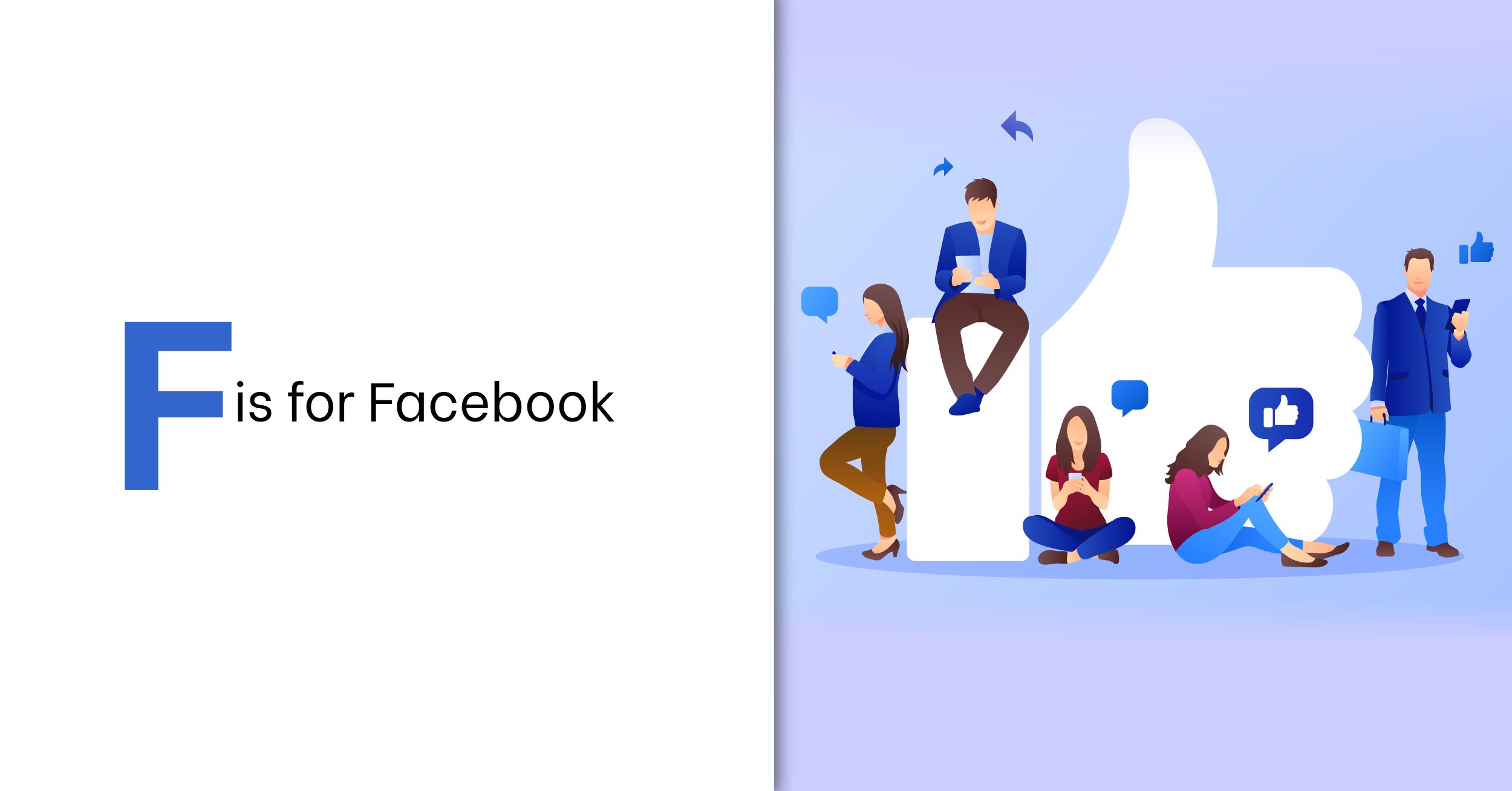
F is for Facebook
One of the most popular Social Media platforms to date, Facebook is part of most if not all businesses social media strategies.
Facebook offers businesses the opportunity to align with both B2B and B2C audiences, target specific demographics and locations, increase engagement, share company culture, run campaigns and promotions, drive traffic directly to your website thus improving your SEO and so much more!
Facebook offers businesses both paid and free marketing opportunities and most importantly increases brand awareness.
Want to know more about Facebook and Social Media marketing? Check out our blog:
How Social Media Provides Credibility To Your Business
G is for Geotargeting Ads
Geotargeting is a way of detecting a website visitors location and using that info to show the visitor targeted location-specific content.
For geotargeting advertisements to work, you need to show the right content at the right time. The key is making sure your advertising is using an accurate location, for example, if you are based in the UK and don’t offer shipping outside of the United Kingdom then you need to make sure that your advertising is only targeting UK based audiences.
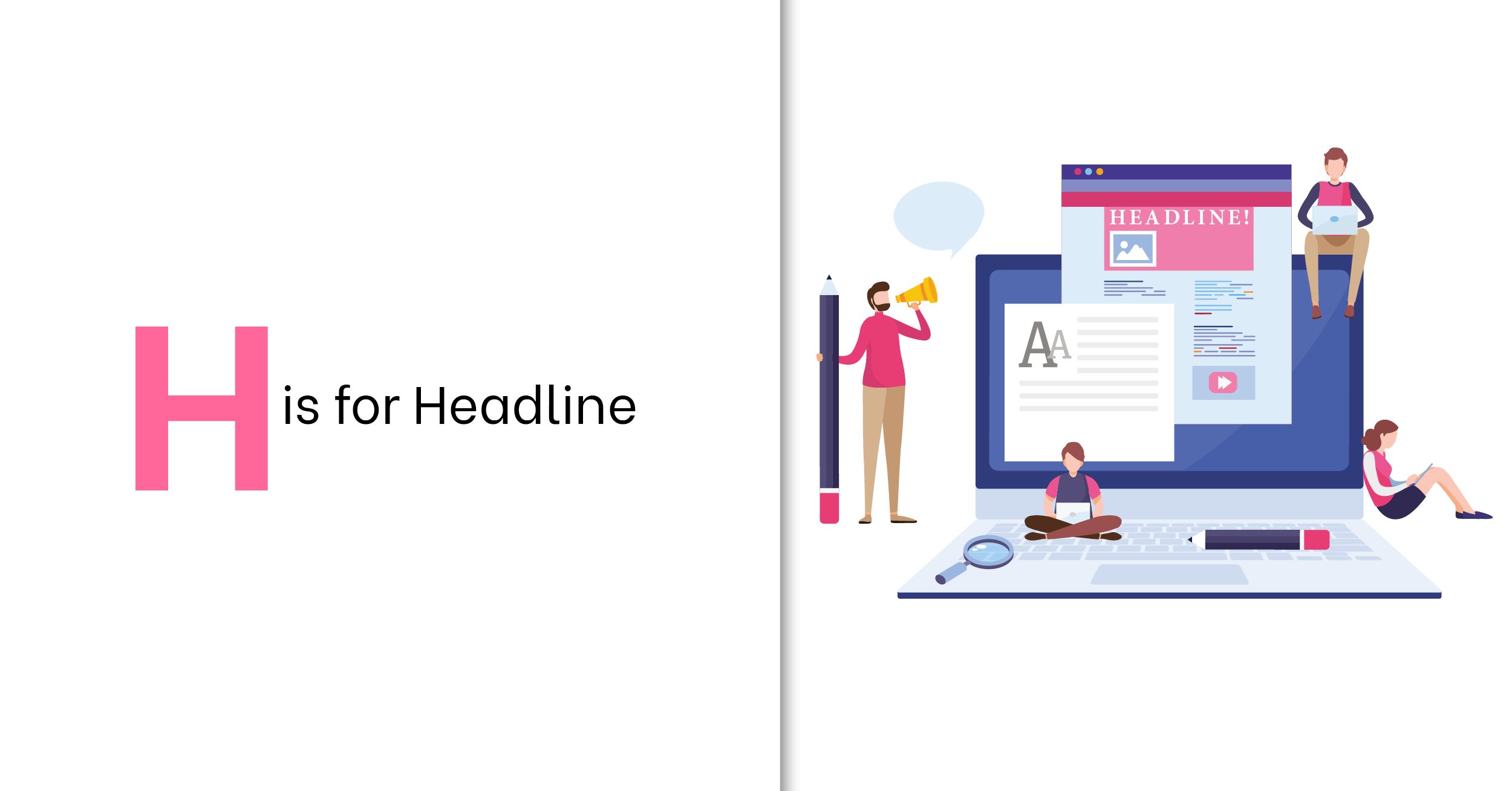
H is for Headline
Grab attention with a well-placed Headline in your marketing campaigns and at the top of your web pages, landing pages, blogs, emails, and downloadable content. Draw visitors in and entice them to stick around and keep reading.
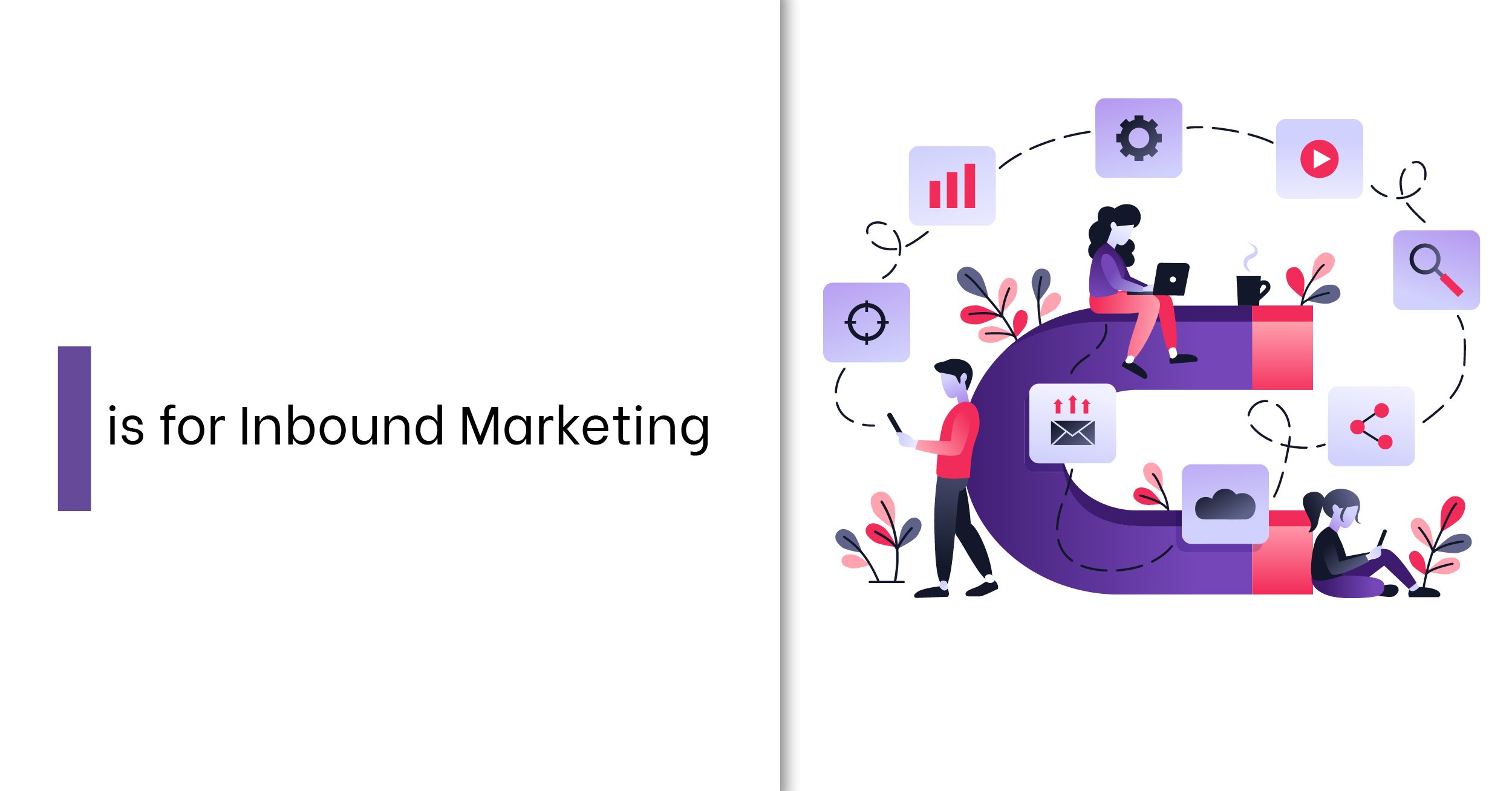
I is for Inbound Marketing
Inbound marketing nurtures potential leads and customers to come to you instead of traditional marketing methods that push a marketing message out. Inbound marketing is all about attracting leads with timely, helpful, and quality content.
Want to know more about Inbound Marketing? Check out our blog:
Inbound Marketing: Why You Need To Focus On Qualified Leads
J is for Jargon
Jargon is defined as language, acronyms, and terms specific to a certain profession, niche, trade, or group that are understood by those within the group but are confusing to anyone outside. A good example of this is the Information Technology Industry which has a vast range of associated technical terms.
It is vital that your marketing efforts avoid jargon that will not resonate with your intended audiences. The words you use to describe products and services need to have the same meaning, weight and accessibility for your audience.
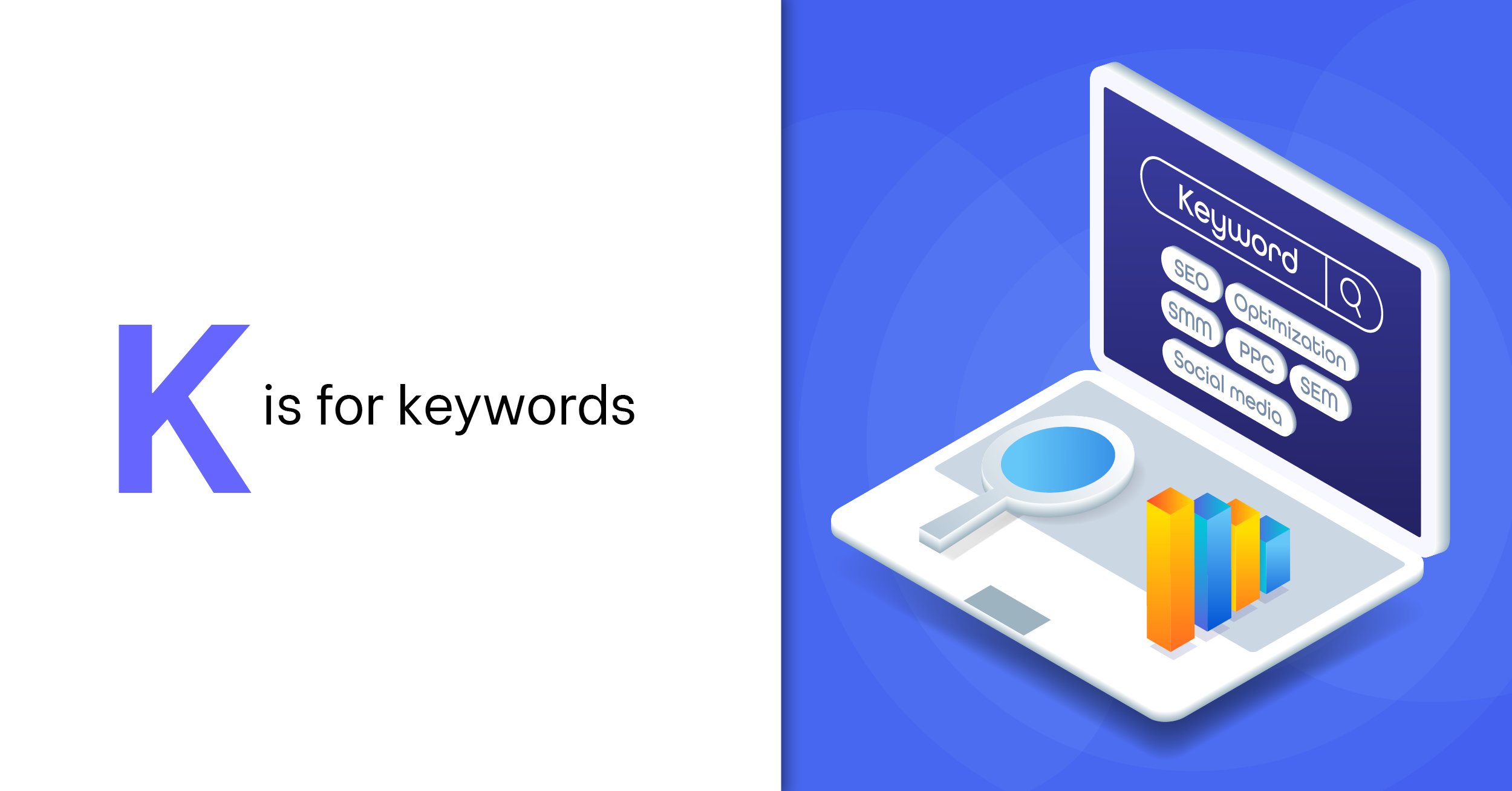
K is for Keywords and phrases
A word or phrase that someone enters into a search engine to find whatever it is they are looking for. Creating useful and quality content for your website that includes popular keywords and phrases associated with your products and services is a great way to improve your search engine ranking.
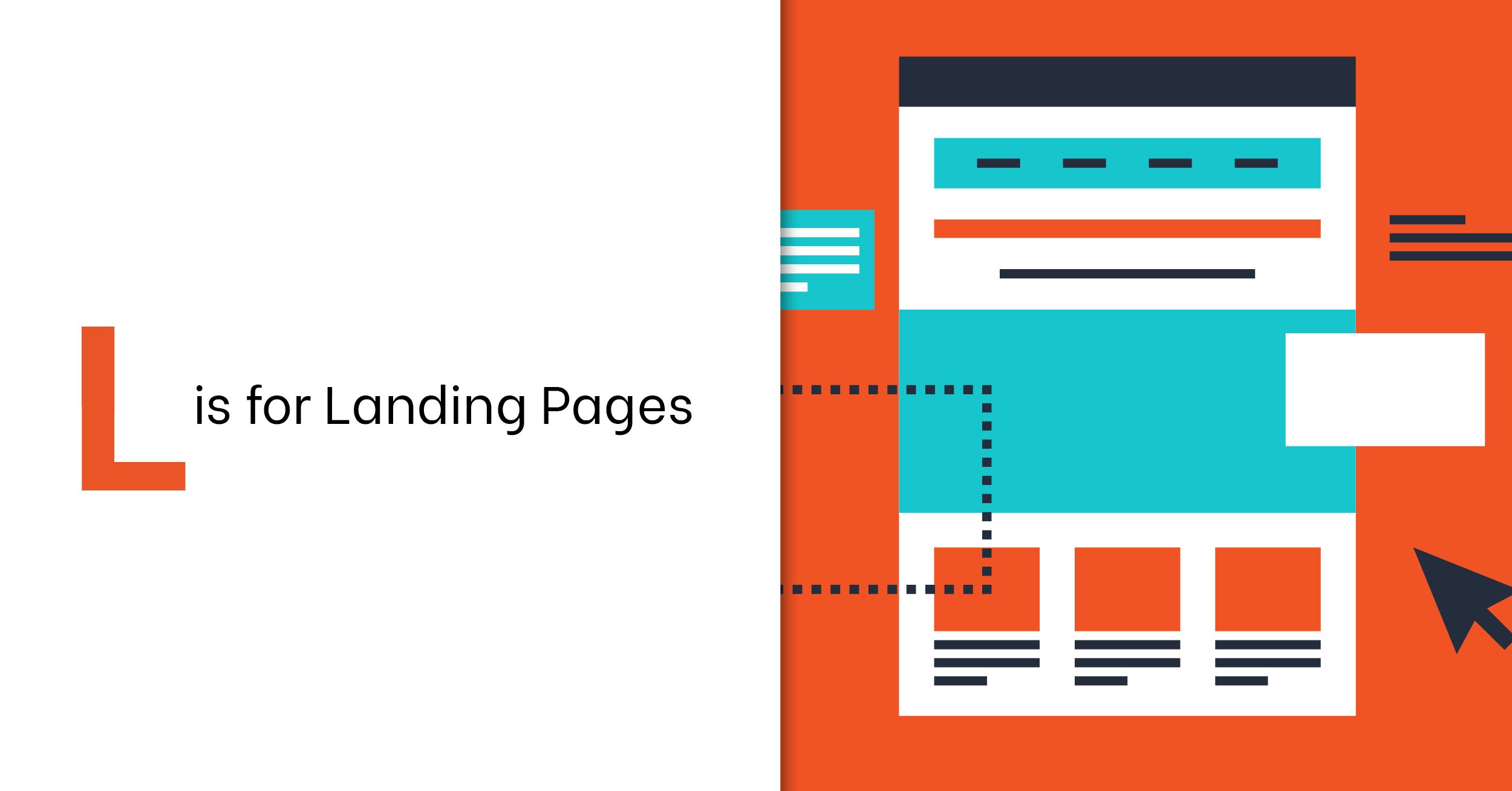
L is for Landing Pages
Dedicated web pages encourage potential leads to carry out a single action. This is not a standard web page so navigation, links, or ways for someone to easily leave without completing the desired action are not included.
The goal of landing pages is usually to capture the visitor’s information for further email marketing and follow-ups in exchange for an offer or something of value. For example, a webinar registration landing page offering an eBook in exchange for registering interest. Each landing page should have 1 goal not multiple!
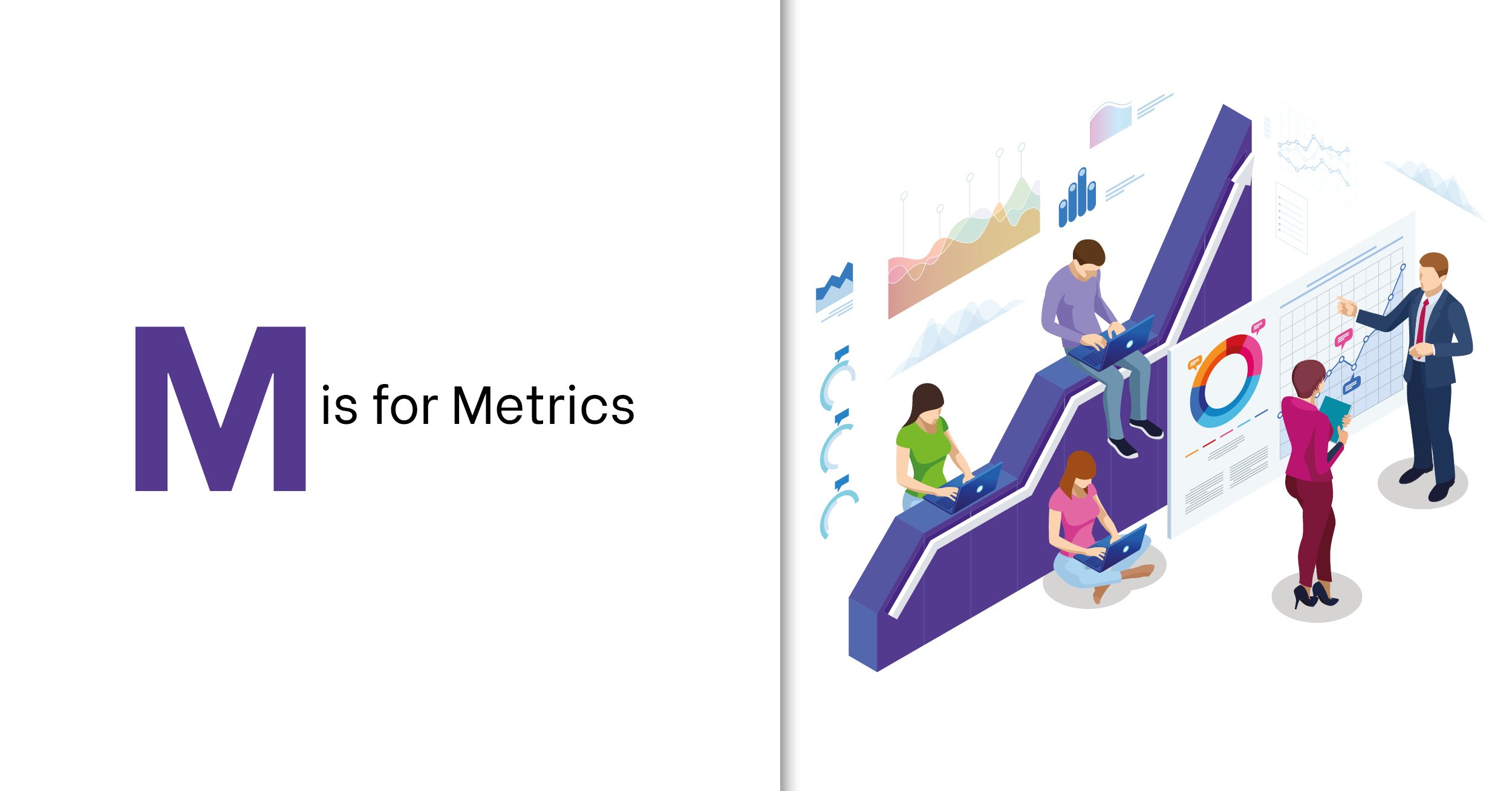
M is for Metrics
A system or set of measurements that help quantify characteristics or marketing elements, for example, SEO metrics include website traffic, search engine traffic, conversions, and highest-ranking keywords. Social media metrics include impressions, engagement, reshares and followers.
Metrics ensure you make informed decisions to direct your marketing efforts and demonstrate how well, or not, a marketing campaign, website, social media content etc. is working.
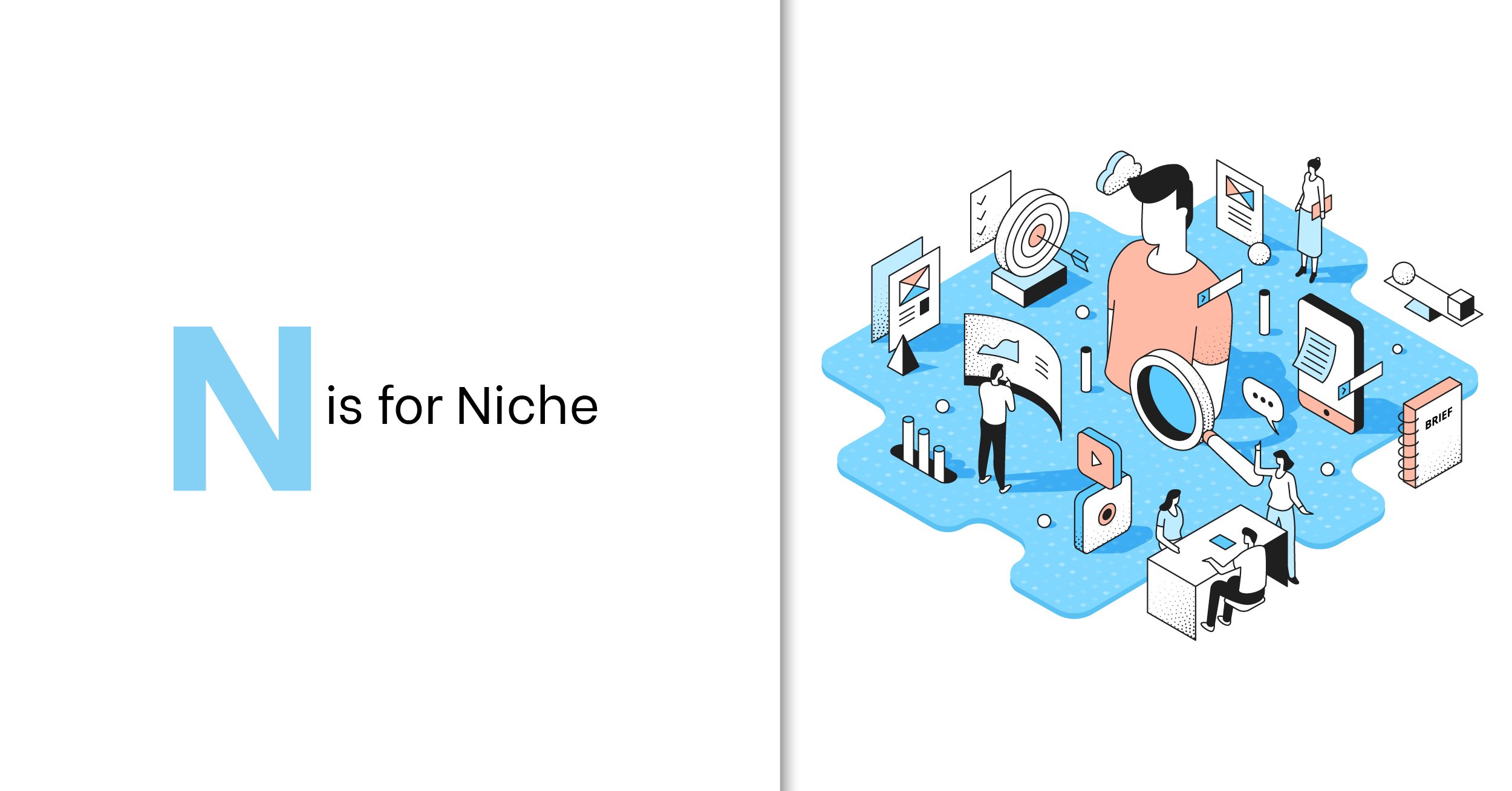
N is for Niche
A niche is a specialisation, subset, or segmentation of an overall audience. A niche should be small, very specific and well defined.
A niche should be created based on research and understanding of its personas and you should have a good understanding of the needs and wants that are not currently being addressed or met by other brands or competitors.
Using a niche as part of your marketing efforts is often referred to as ‘a big fish in a small pond’ strategy.
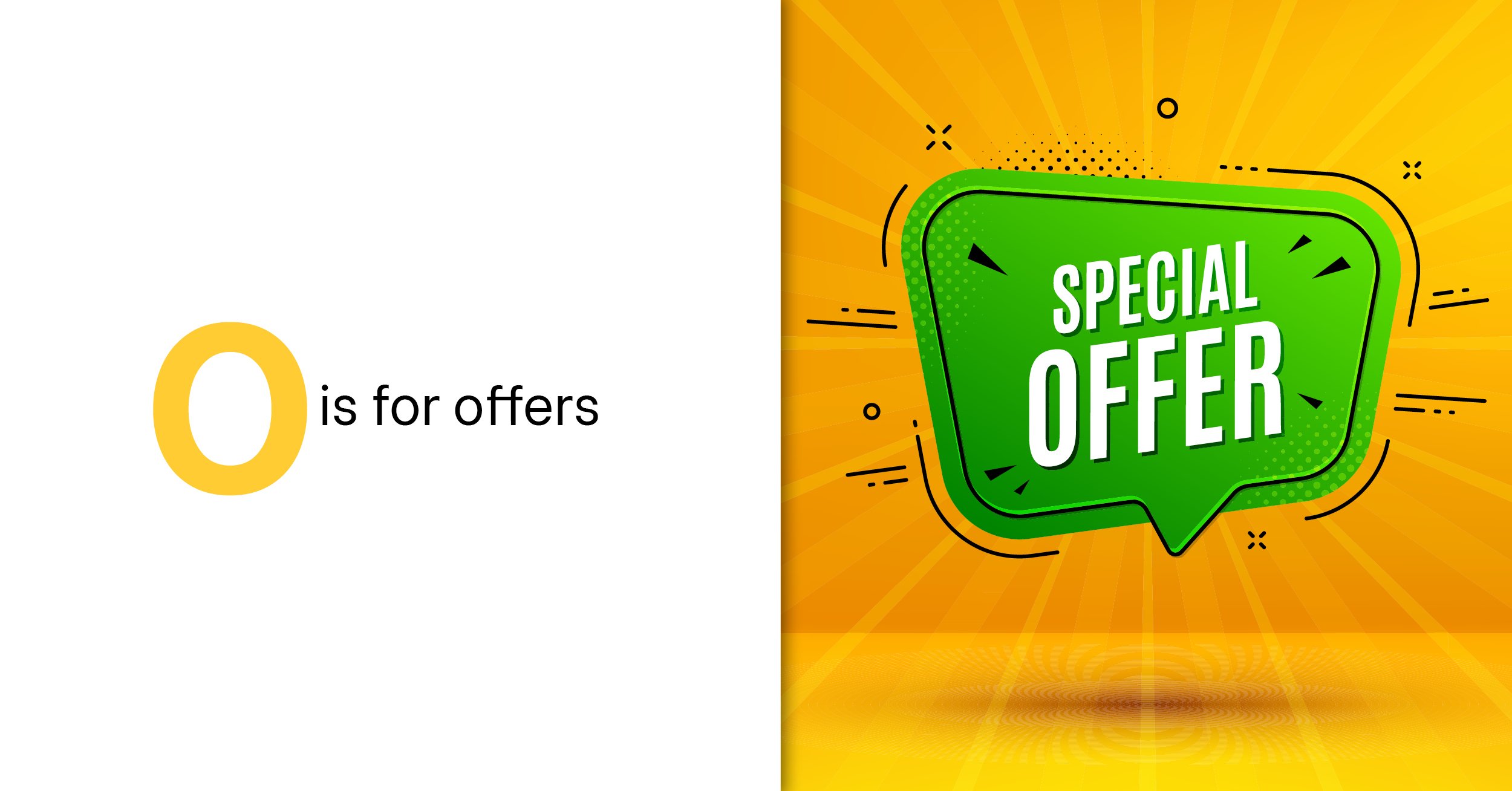
O is for Offers
Offers aren’t necessarily related to products or services for sale, instead, an offer can refer to high-quality content that is gated behind a form, this type of offer is often created as part of a dedicated landing page.
Offer content could be a checklist, eBook, worksheet, template, webinar, demo software and so on. Think of this as something you are offering in exchange for an email opt-in, small payment, meeting, trial, or small commitment.
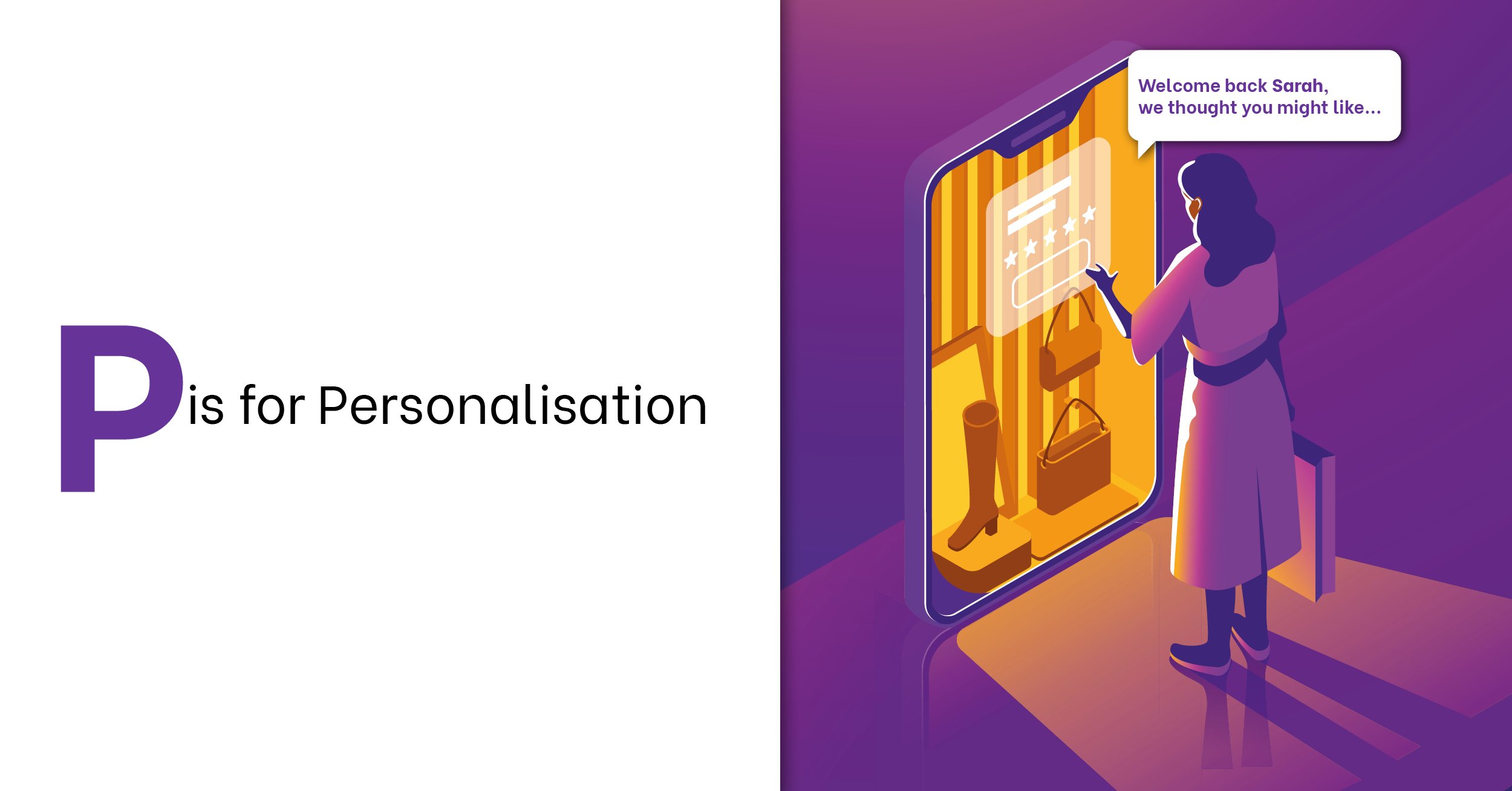
P is for Personalisation
Personalisation is the use of analytics to create marketing messages and experiences that feel unique for each visitor or customer. Personalisation is more than just adding a person’s name into a marketing email, personalisation at its best, reaches the right person at the right time, with the right message or suggestion.
Personalising your marketing efforts gives your message a little humanity and can improve your marketing ROI significantly.
Want to know more about Personalisation? Check out our blog:
How Website Personalisation Boosts Lead Generation (Without being creepy!)
Q is for Quality
It is important that your marketing efforts focus on quality over quantity. High-quality content will entice visitors to fulfil desired actions on landing pages, stay on your web pages for longer, return to your website and become loyal and delighted customers.
Not only does high-quality content please your customers, it will also help to improve your organic SEO ranking, search engines love unique, quality content and will prioritise this type of content because it is useful and relevant to users.
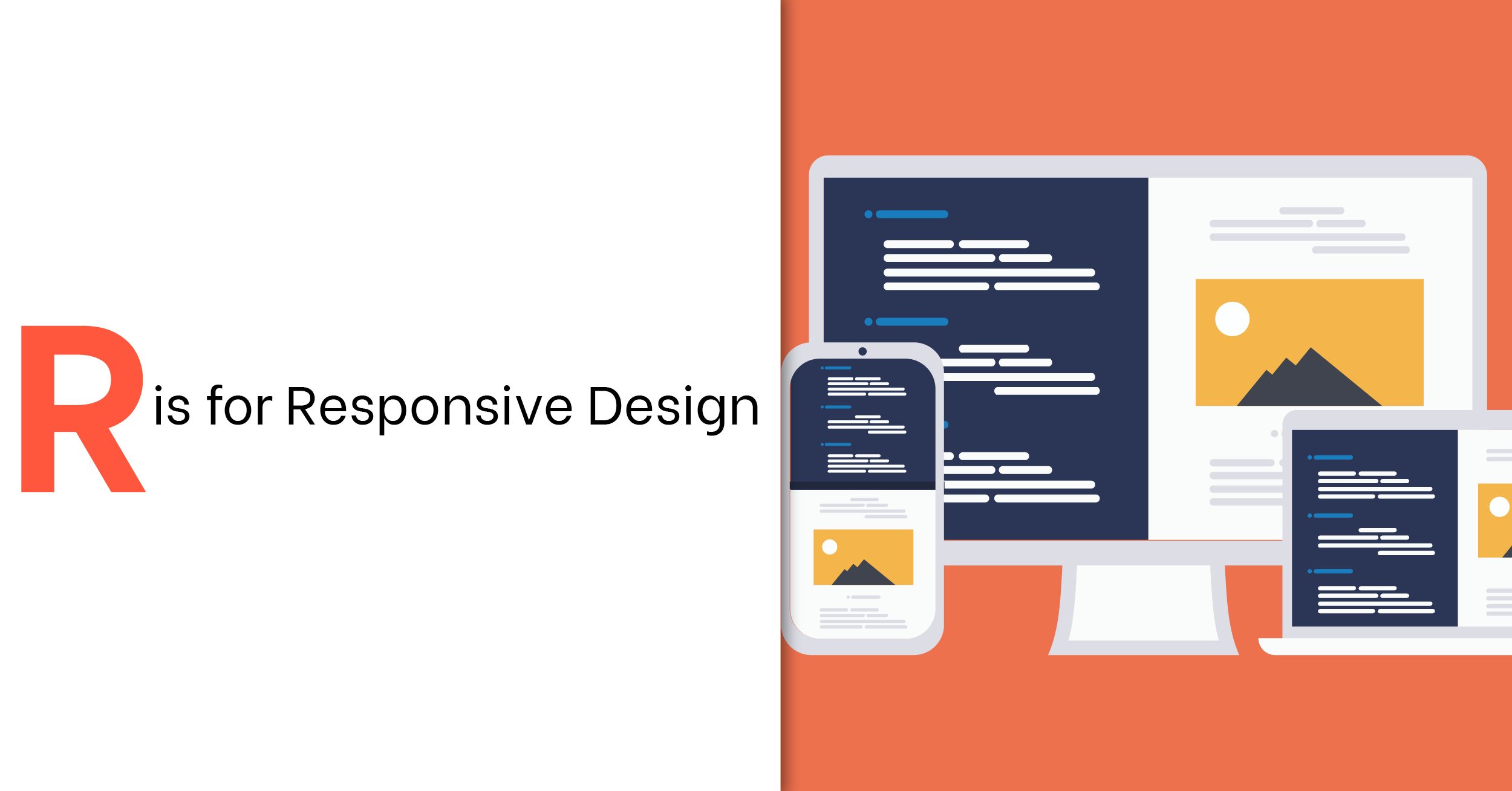
R is for Responsive Design
The number of users accessing the internet via their mobile device is increasing year on year, today 85% of all internet users in the UK are using their mobile devices. This means websites and themes that adjust to fit any device and optimise content are now vital to effective digital marketing.
Audiences expect seamless user experiences without the need for them to adjust anything in order to view or interact with your content or navigation.
Want to know more about Responsive Design? Check out our blog:
Great Website Design: Don't Forget About Mobile Users
S is for SEO
Optimising content to increase your ranking on search engines. This means making your content easy for search engines to find and index, to achieve this your content needs to be, high quality unique, and useful including appropriate titles, headlines and subheadings, description tags, keywords, inbound and outbound links.
The algorithms and ranking factors search engines use are always changing so there is no way to guarantee result placement but making sure your content is well structured and meets the requirements above will give the best chance of improved ranking.
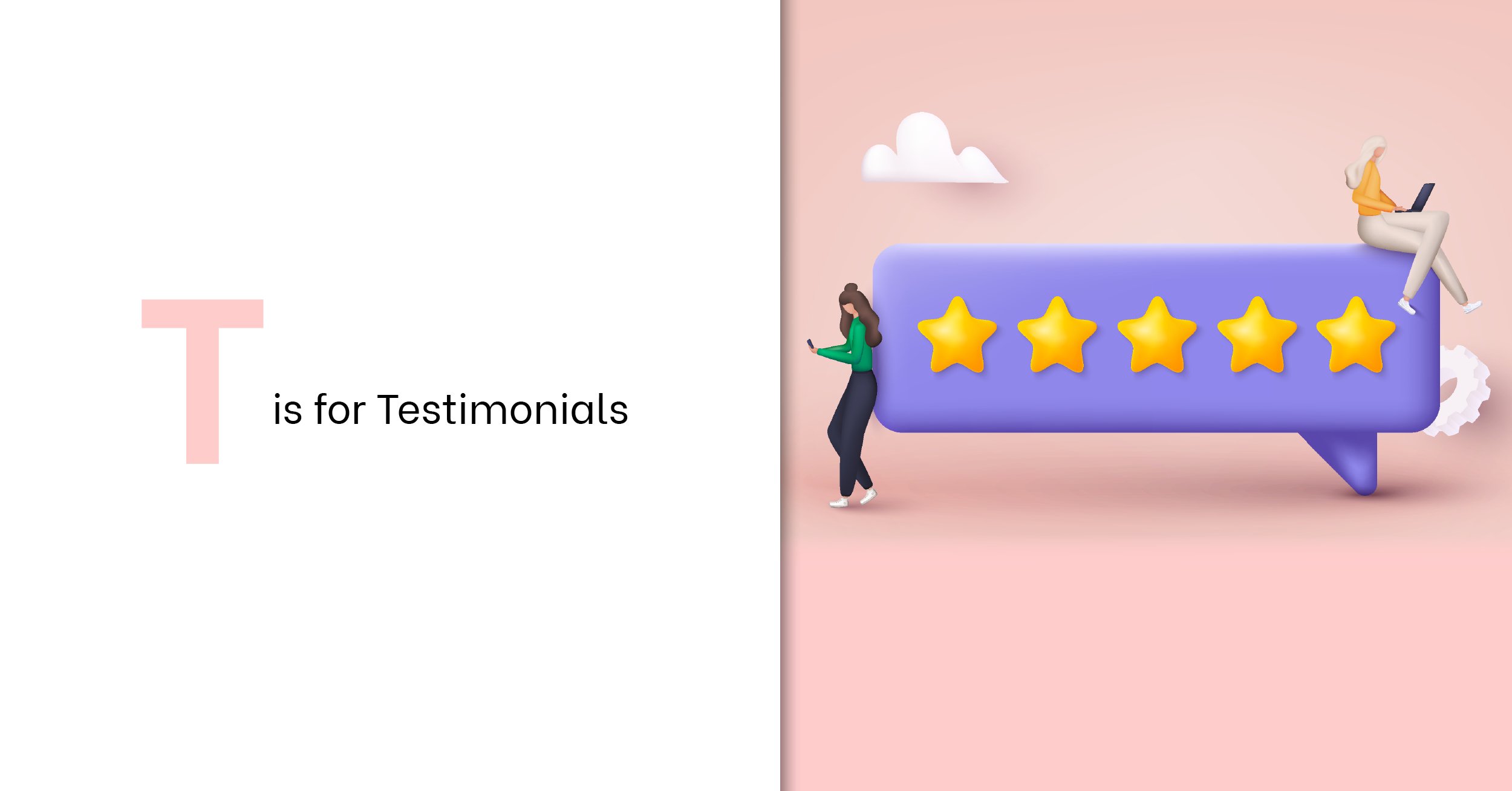
T is for Testimonials
Written or video recommendations and reviews from happy and satisfied customers provides validation by assuring potential leads of the quality, value and performance of your products and services.
Testimonials are a powerful marketing tool because we place a lot of weight in the opinions of other customers and their experiences.
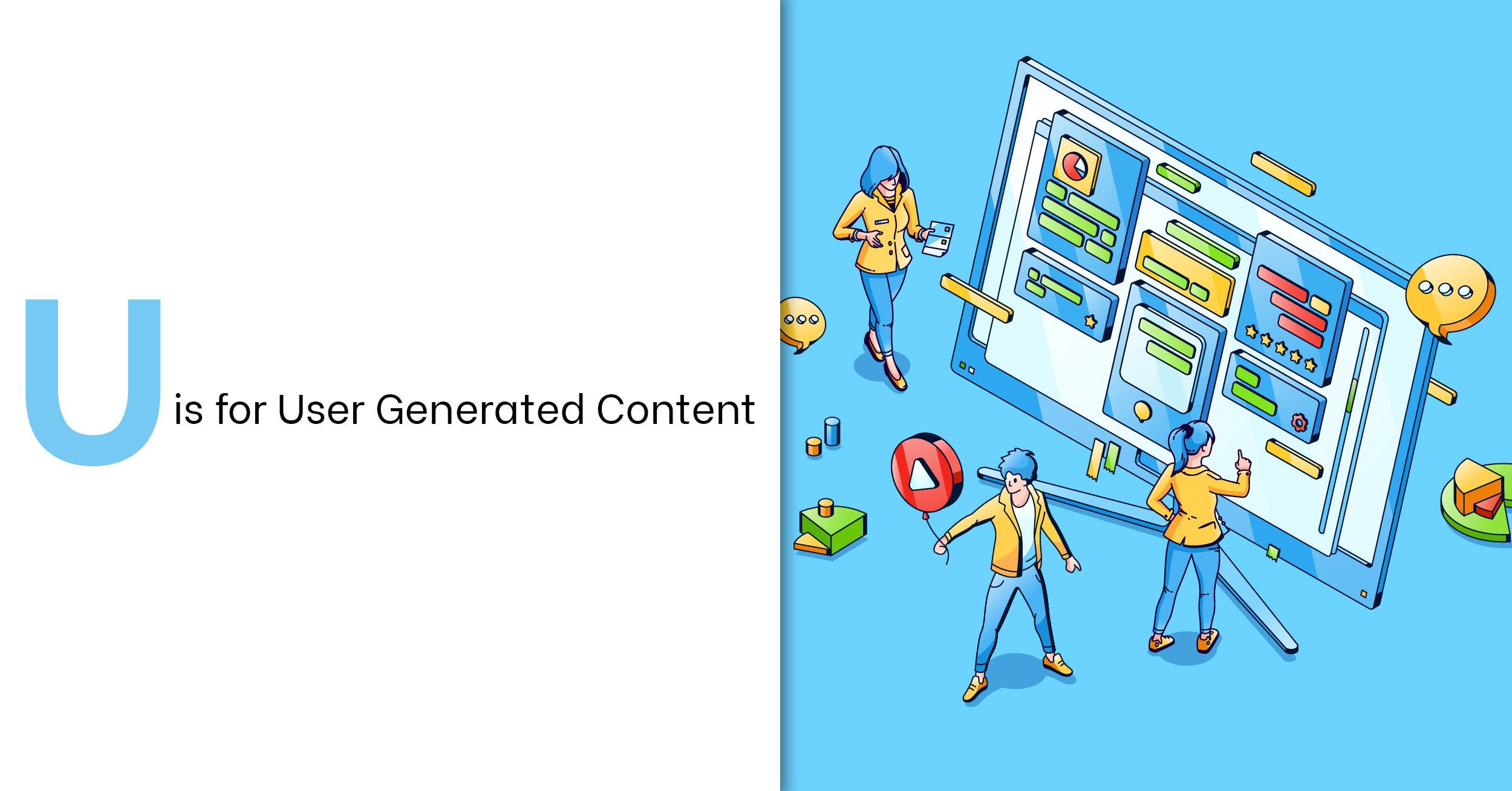
U is for User Generated Content
Like testimonials, user-generated content is a powerful marketing tool and best of all is free! UGC is most effective when created as part of a promotion, competition or discussion that encourages self-expression and offers a positive personal experience where users can connect and share with each other. UGC can be generated via your own website or, as is most common, through popular social media channels.
Always make sure you have a clear reason to collect UGC, give credit where applicable and have all the necessary permissions. Good examples of UGC include photos, videos, mashups, reviews, memes, guest posts, comments, and social media tags.
Want to know more about User-Generated Content? Check out our blog:
User-Generated Content: The Forgotten Part Of Inbound?
V is for Video marketing
Demand for video content is increasing with 54% of all internet users wanting to see video over any other form of content.
Incorporating video into your marketing strategy and budget is becoming more and more important. Video doesn’t necessarily mean costly production since anyone with a smartphone can produce video content.
Video content should be around 5 minutes or less and should use visuals to tell a story, whether that’s documenting an informal team building event to share on social media or producing a flashy promotion for a particular product or service. Consider taking advantage of third-party video hosting sites such as YouTube to benefit from their large traffic and search capabilities.
Marketing videos could be testimonials, demonstrations, tutorials, animations, events, how-to videos, explainer videos, staff generated videos, case studies, behind the scenes and much more!
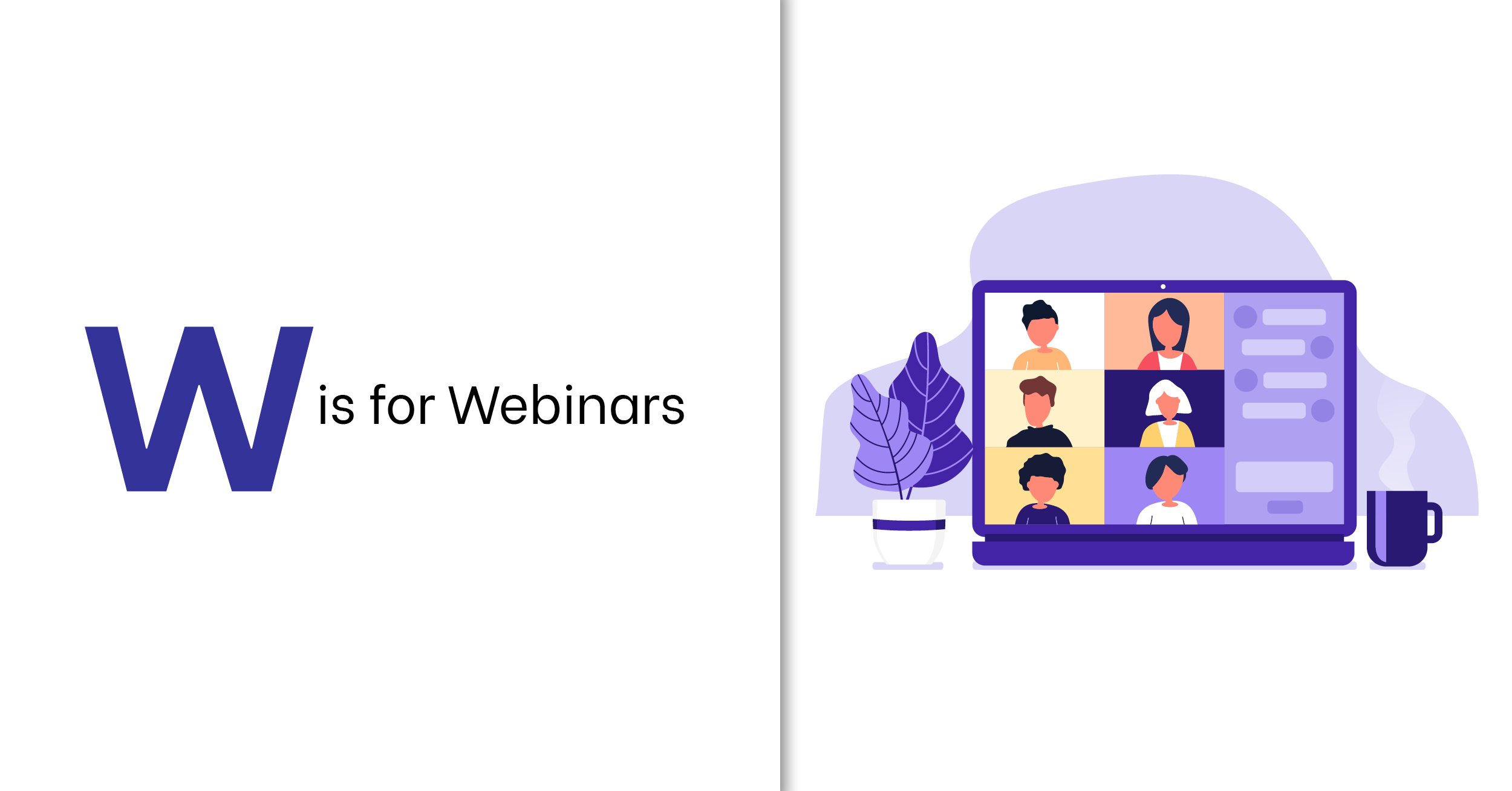
W is for Webinars
Webinars are learning and training experiences offered via a web-based platform usually including visuals, slideshows, videos and audience interaction. Webinars can show a speaker in addition to visuals, and some allow the audience to be seen as well.
Webinars can teach new software, answer questions, provide demonstrations, and present new products and services, they can be offered for free or paid for and have the potential to increase brand awareness and reach by attracting a wider audience.
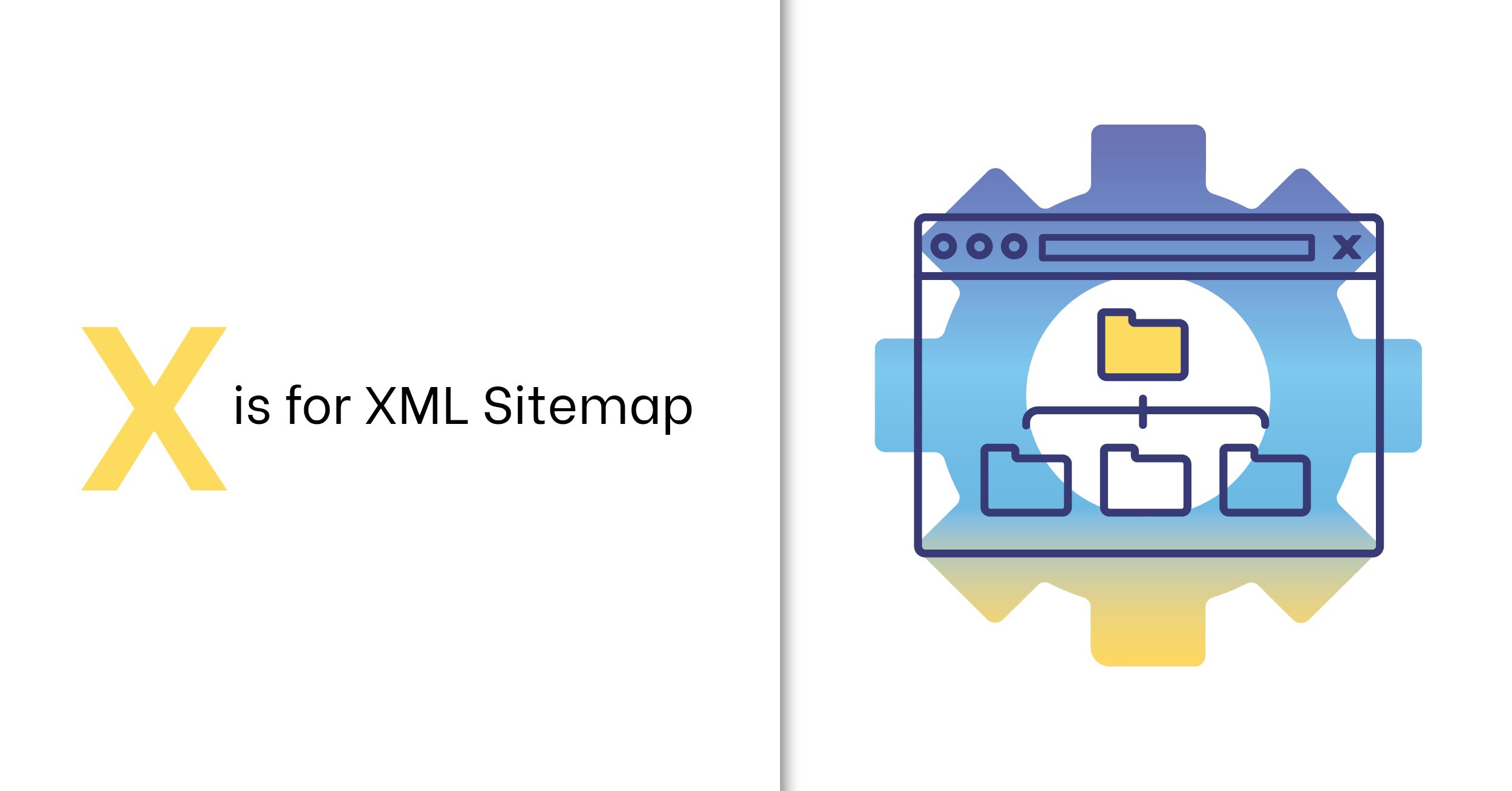
X is for XML sitemap
An XML (extensible markup language) Sitemap is a term used in web development to describe a file containing all the URL’s for your website. Like a traditional map, the XML sitemap helps search engines navigate your website more intelligently contributing to good search engine rankings.
There are many plugins that can assist with the creation of an XML sitemap for your website.
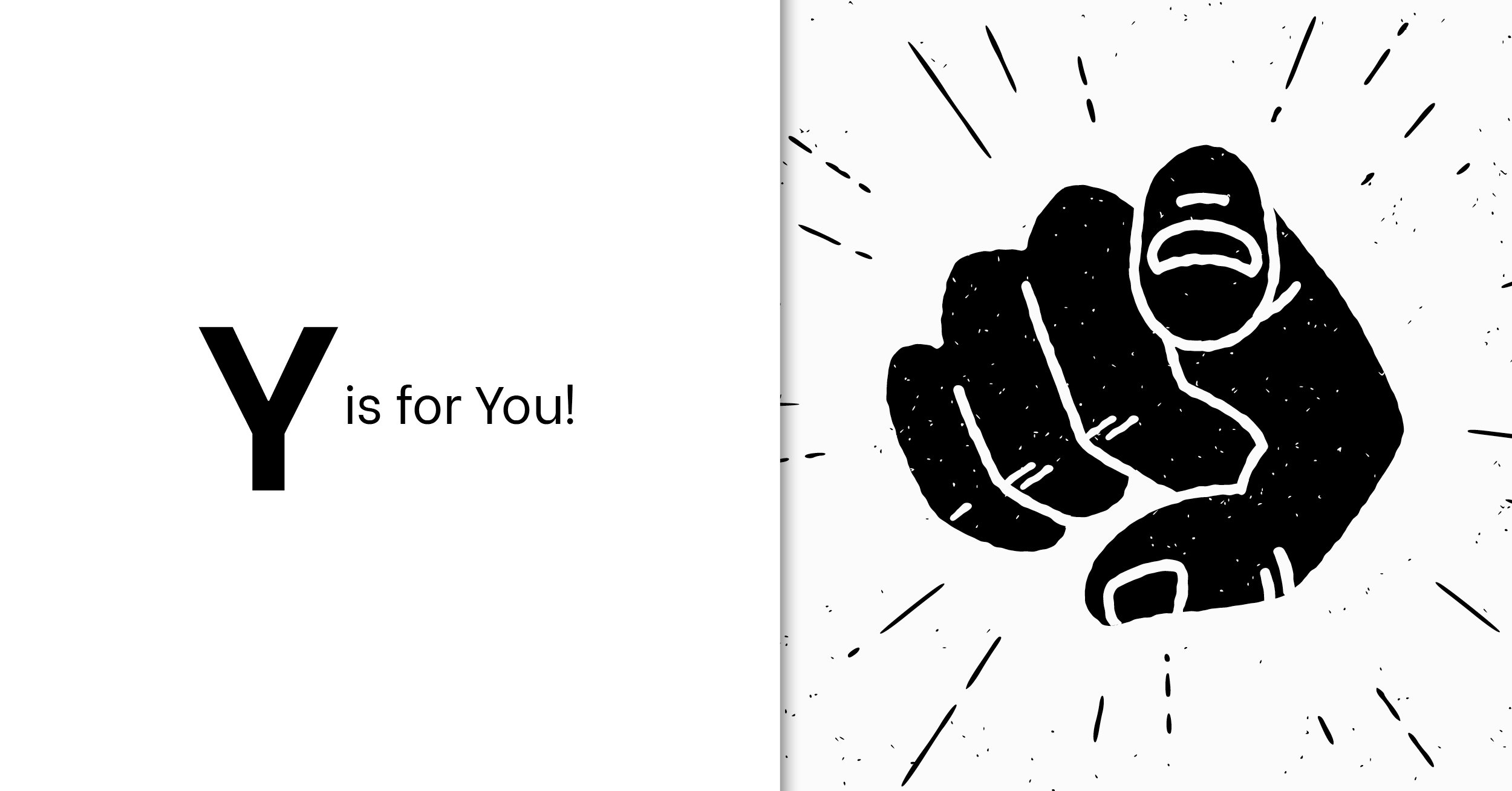
Y is for You
The most important part of all marketing efforts is you, which means you as an individual. Communicating directly with your audience, visitors, and customers to deliver messages that are about them is critical to the impact and success of your marketing efforts.
Your marketing needs to demonstrate how your products and services solve personal and professional problems, improves the lives of individuals or offers
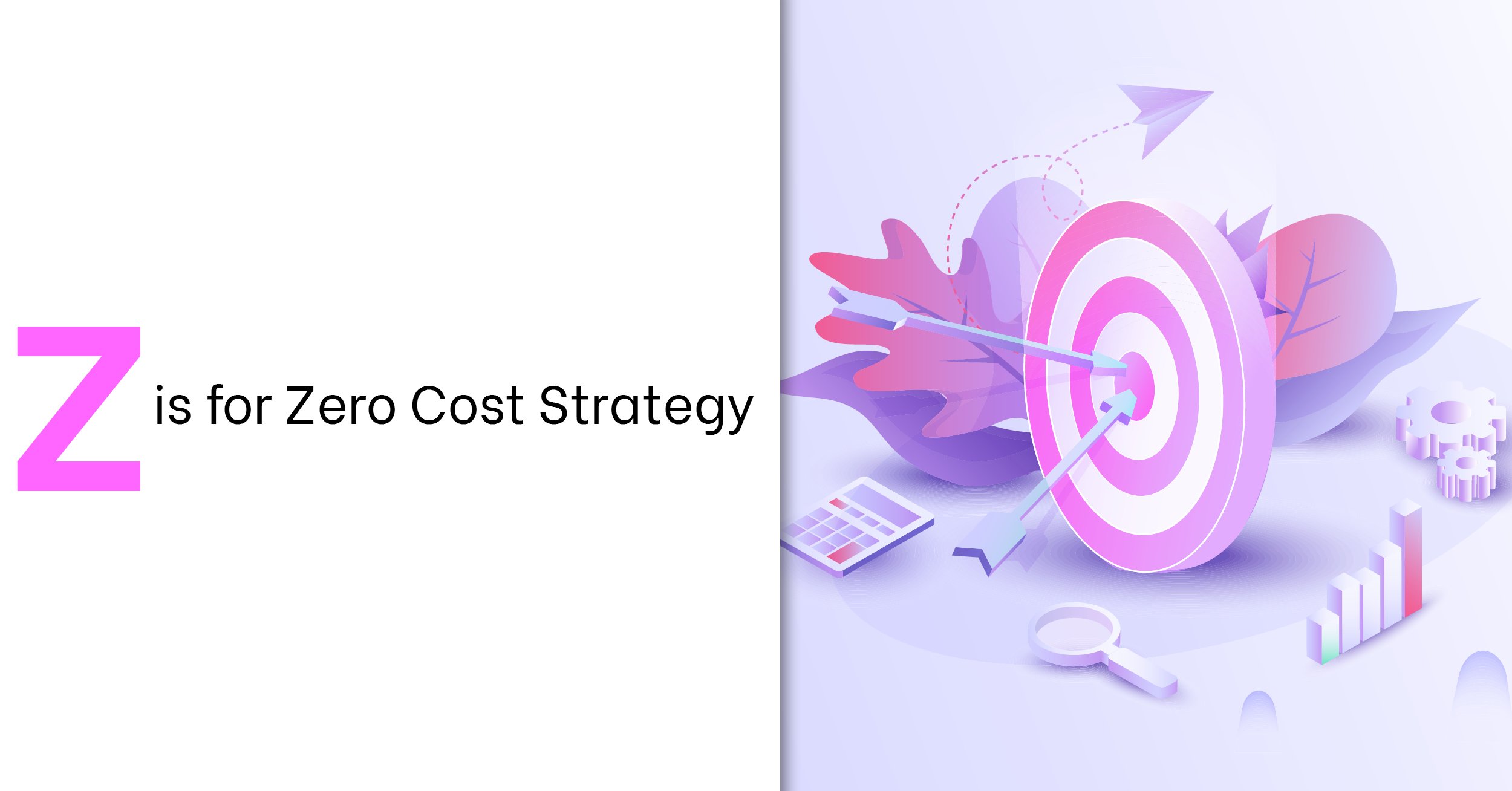
Z is for Zero Cost Strategies
Marketing strategies that don’t require any budget can be used to supplement paid marketing efforts. User-generated content, guerrilla marketing and service/resource exchange with other businesses are good examples of zero-cost marketing tactics.
For example, asking customers to review products and services they have purchased via social media including your hashtags, utilising items in our environment to demonstrate how your product or service could help or improve the individual's experience or asking a local business to place your flyers at their reception in exchange for promoting their services to your online audience.
Want to know more about Zero Cost Marketing? Check out our blog:
How To Get The Most Out Of HubSpot's Free Marketing & Sales Packages
Download a copy of the Marketing Alphabet eBook below:
